The perfect itinerary for a two-week trip along the east coast of Italy could be:
Day 1: Arrival in Rome
Visit the important sites in Rome, such as the Colosseum.
Rome is one of the most important and beautiful cities in the world, with a rich history and impressive architecture. There are a variety of tourist attractions to visit in Rome, such as:
Colosseum: It is one of the most famous symbols of Rome and one of the most important tourist attractions in the world. This amphitheater from the imperial era served as a public entertainment venue, hosting gladiator battles and other spectacular events.
Pantheon: It is one of the oldest buildings in Rome, built in the 2nd century AD. It is considered an example of classical architecture and has an impressive design and interior filled with history.
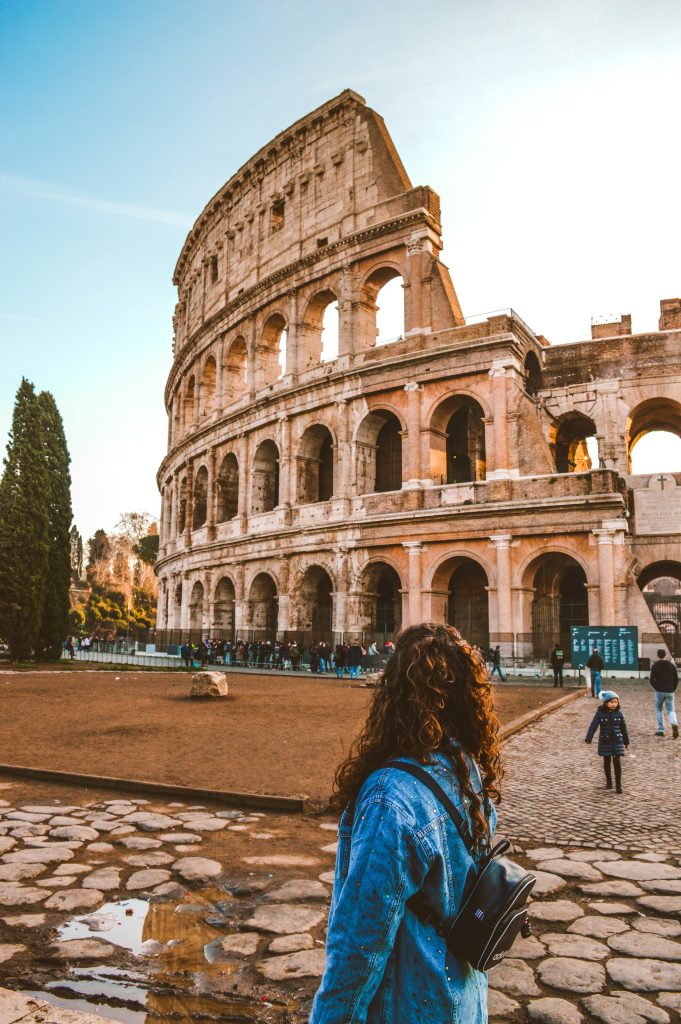
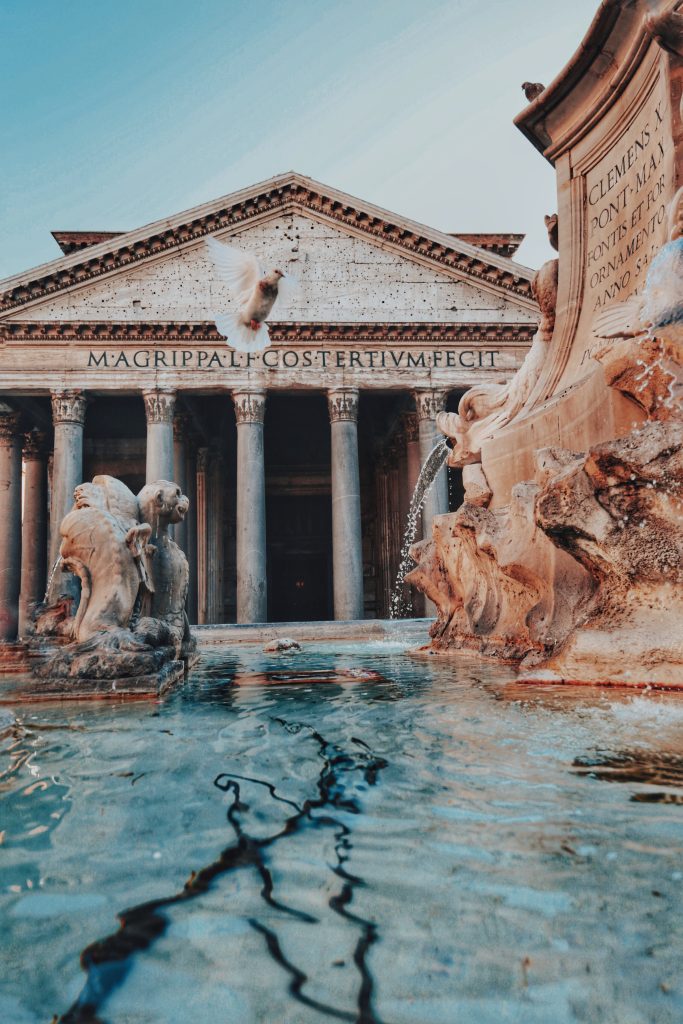
Day 2: Rome
Roman Forum: It is one of the most important tourist attractions in Rome, offering a glimpse into the political and social life of antiquity. In this area stood the Temple of Saturn, the Curia Hostilia, the Temple of Vesta, and other important buildings. Visitors can see the ruins of these impressive structures and learn more about life in ancient Rome.
Vatican City: It is another important symbol of Rome and hosts one of the most significant religious sites in the world, St. Peter’s Basilica. In the Vatican, you can visit the Sistine Chapel, the Vatican Museums, and the Vatican Gardens.
Piazza Navona: It is one of the most beautiful and lively squares in Rome, with three impressive fountains in the center. It is a popular spot to enjoy a coffee or admire the architecture and art around.
These are just a few of the important tourist attractions in Rome, but the city is full of history, architecture, and culture, and there are many other sights to visit and explore.
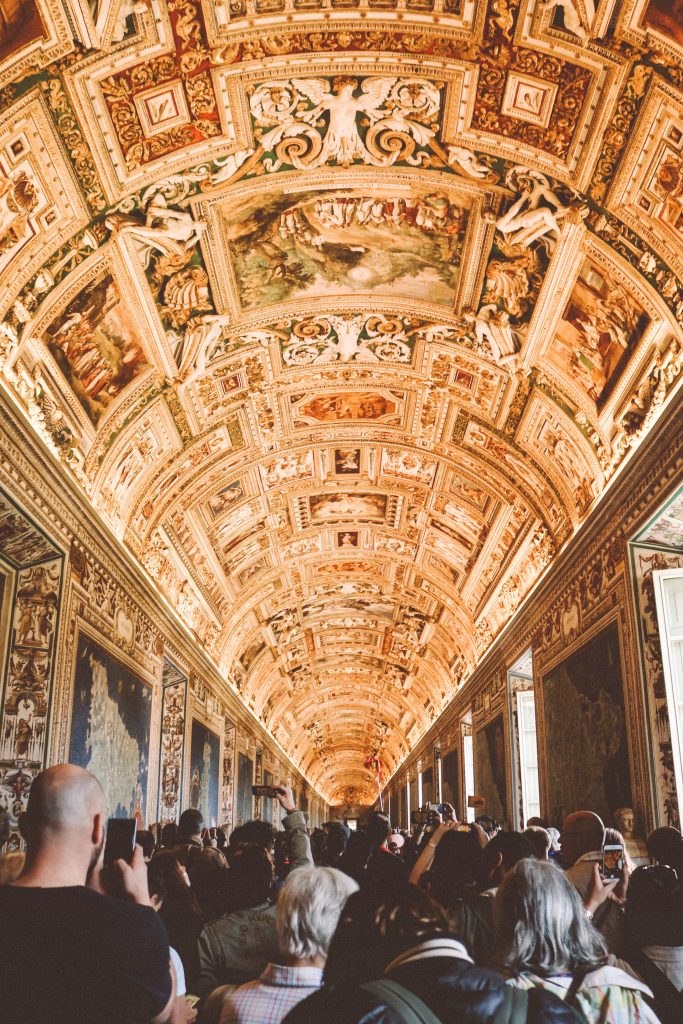
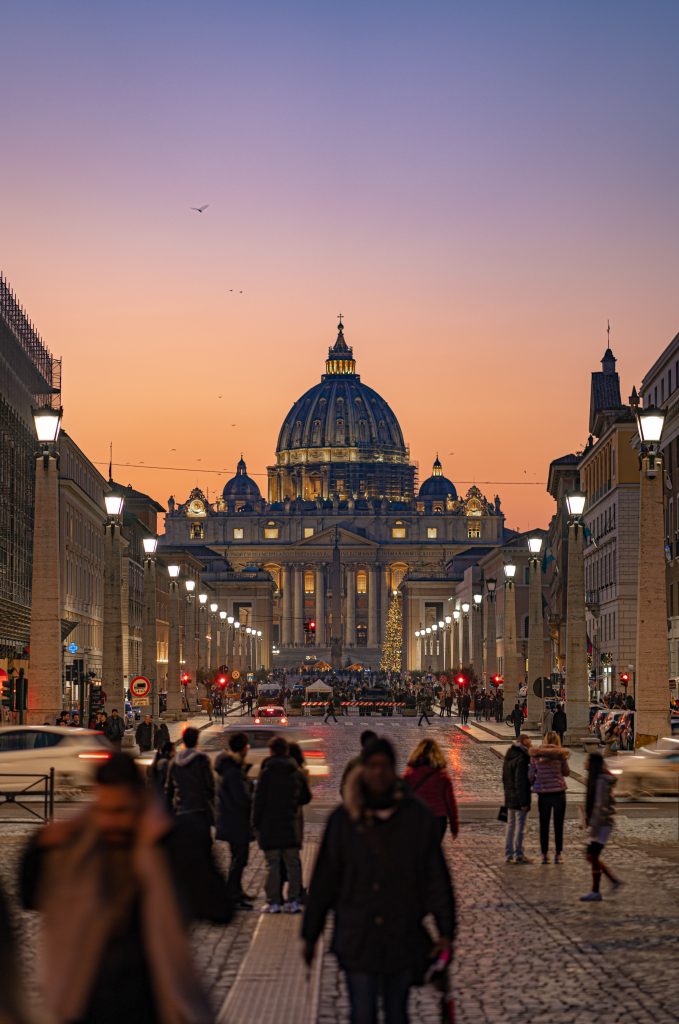
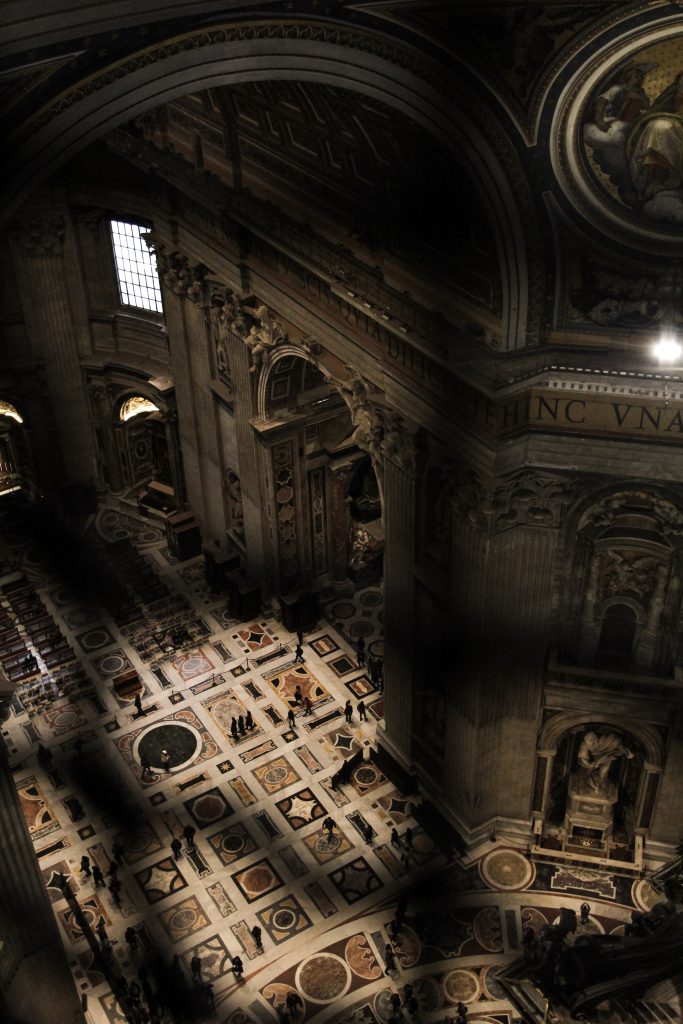
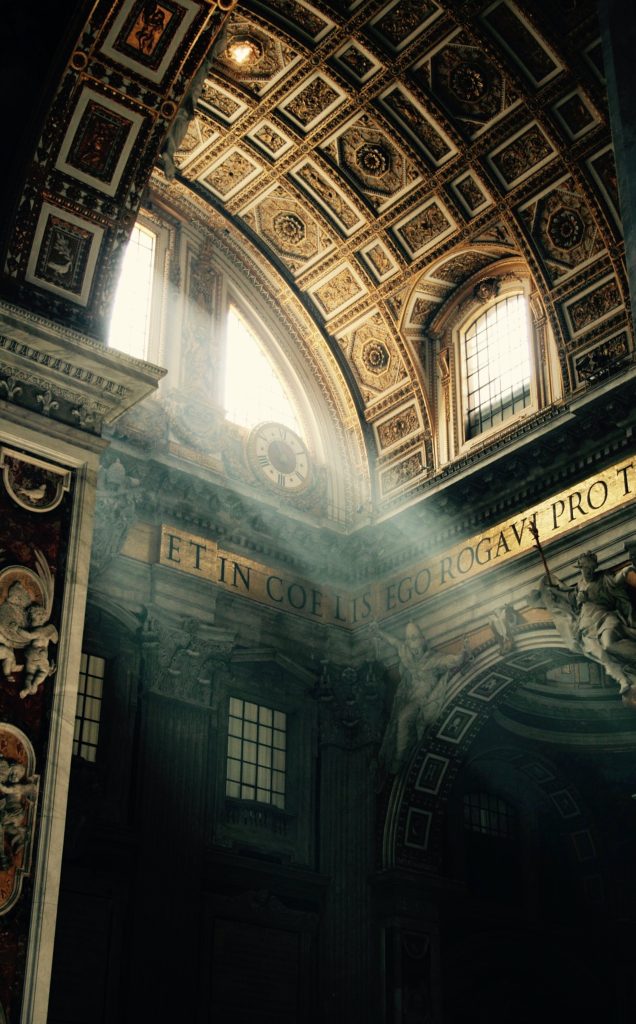
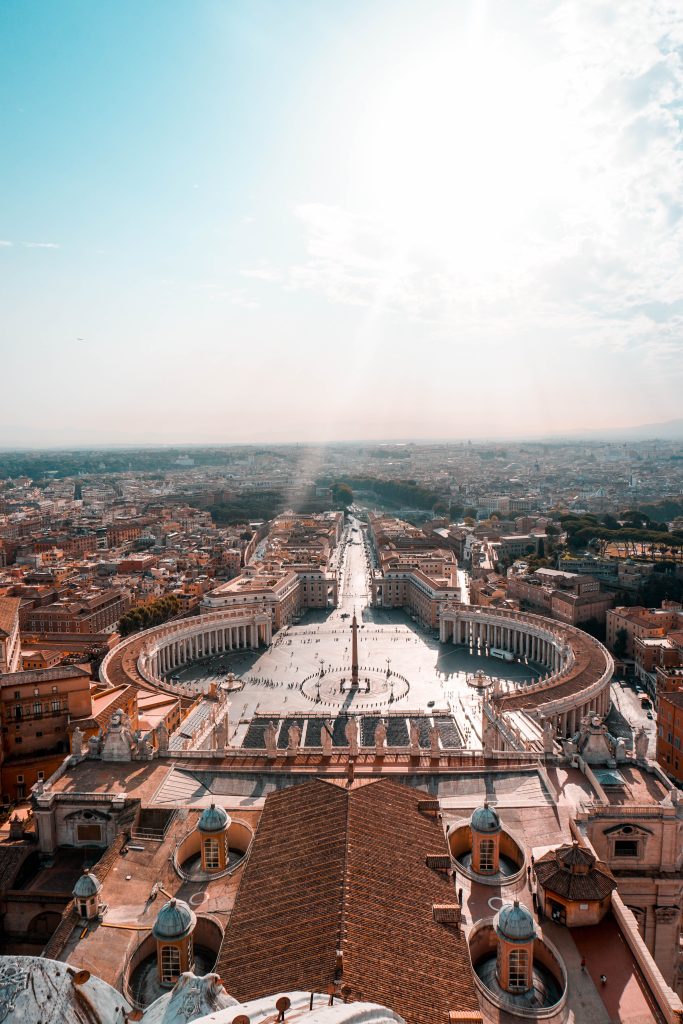
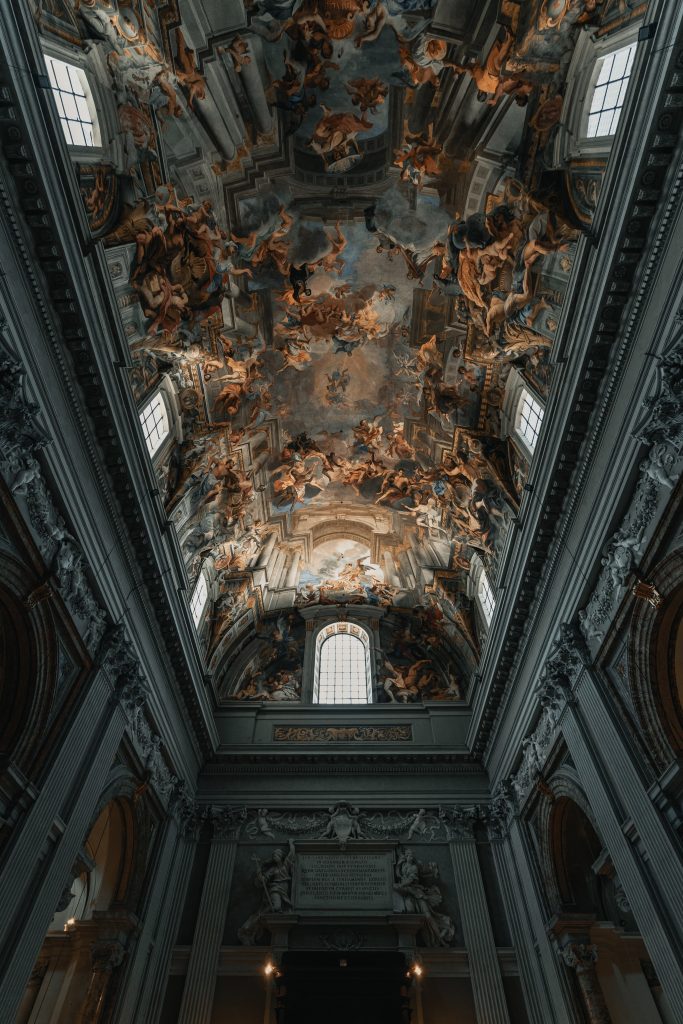
Day 3: Rome – Naples
The important attractions in this wonderful city include:
- The Catacombs of Naples: One of the main tourist attractions in Naples, these catacombs stretch for over 40 km and offer insight into religious life in antiquity.
- The National Museum of Naples: The museum houses an impressive collection of artifacts and ancient objects, such as mosaics, frescoes, ceramics, and archaeological artifacts.
- Castel Nuovo: One of the most important symbols of the city of Naples, built in the 13th century, offering a panoramic view of the city.
- Castel Sant’Elmo: Located on top of a hill, it offers a panoramic view of the city of Naples and the bay.
- The islands in the Gulf of Naples, such as Ischia or Capri, offer opportunities for relaxation and exploration, with beautiful beaches and impressive landscapes.
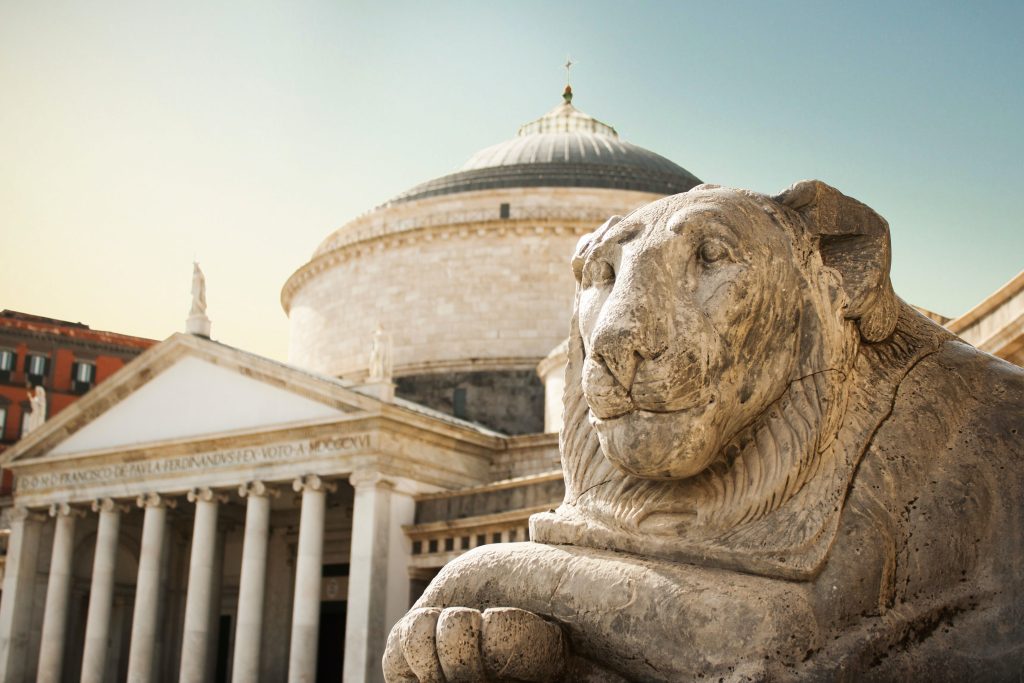
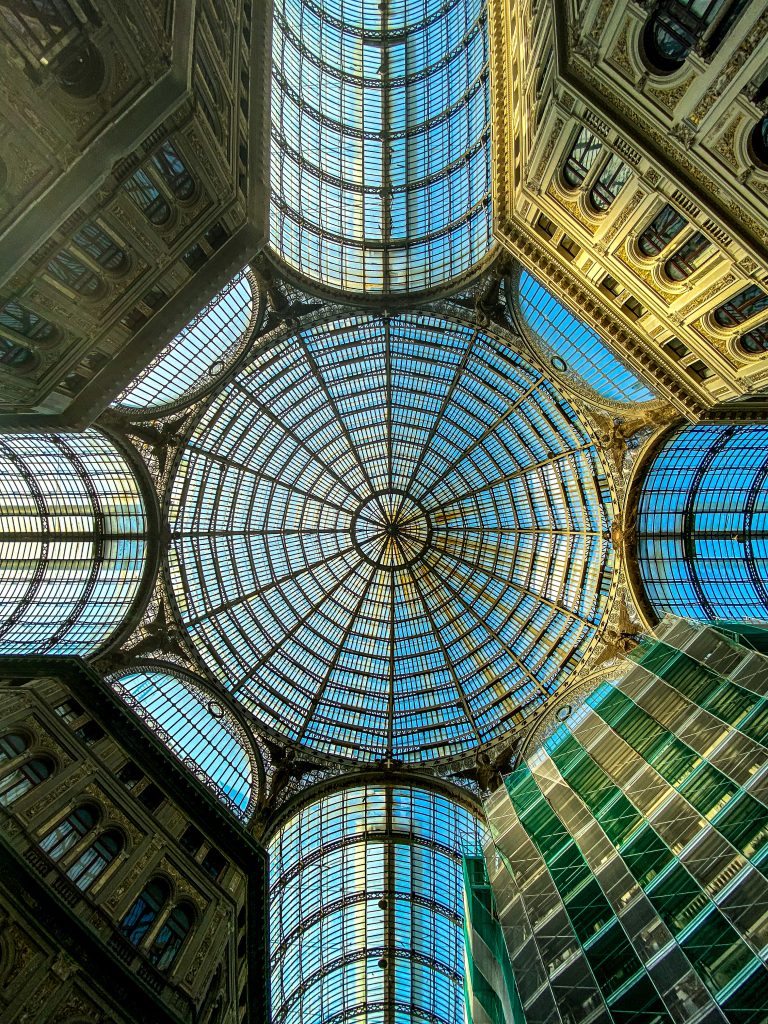
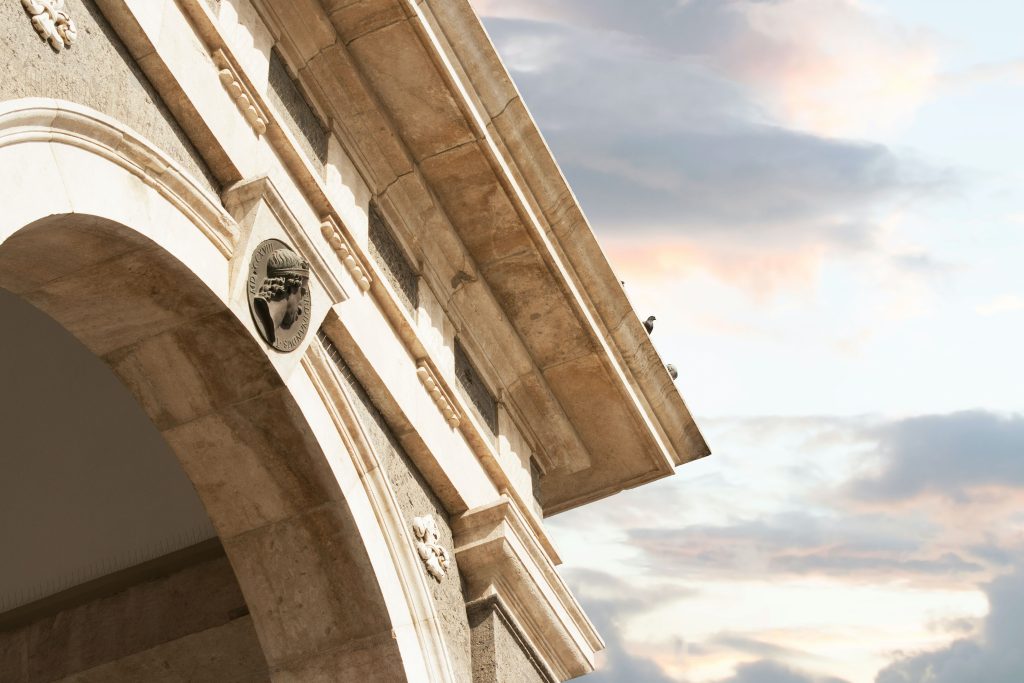
Day 4: Naples – Pompeii
Pompeii is an ancient city located in southern Italy, known for its destruction in 79 AD due to the eruption of Mount Vesuvius. The city was buried under a layer of ash and lava, preserving a variety of buildings and artifacts, offering a unique glimpse into ancient life.
Pompeii is an important archaeological site, where visitors can see the ruins of the city, such as houses, temples, baths, and other public buildings. There are also a variety of frescoes and mosaics, recovered from the city’s ruins and exhibited in the city museum.
One of the most impressive aspects of the archaeological site of Pompeii is how the structures have been preserved, providing a detailed picture of life in antiquity. For example, one can see how houses were arranged, how furniture was arranged, and how they were decorated.
Pompeii is also known for hosting impressive structures, such as the Roman Theater and the Roman Stadium. The theater, built in the 2nd century BC, could accommodate up to 5,000 spectators, and the stadium, built in the 1st century BC, could accommodate up to 20,000 spectators. These are just a few of the important tourist attractions in Pompeii, but there are many others to explore and visit in this city full of history and culture.
It is important to note that Pompeii is an important archaeological site, and it is very important to respect the rules and regulations of visitation to ensure that the site remains in good condition for future generations.
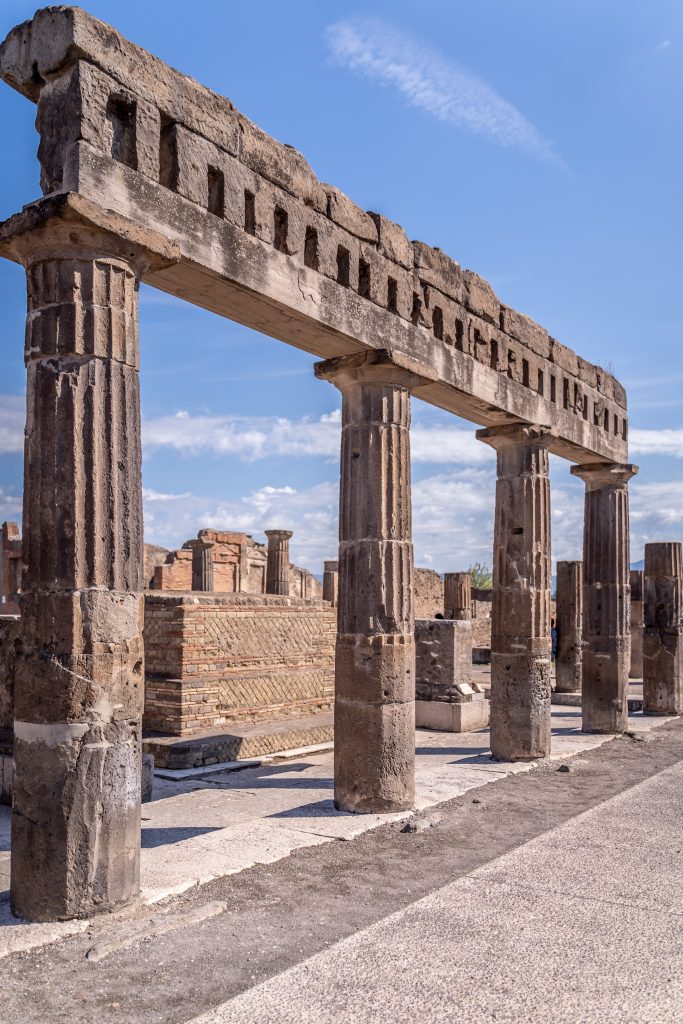
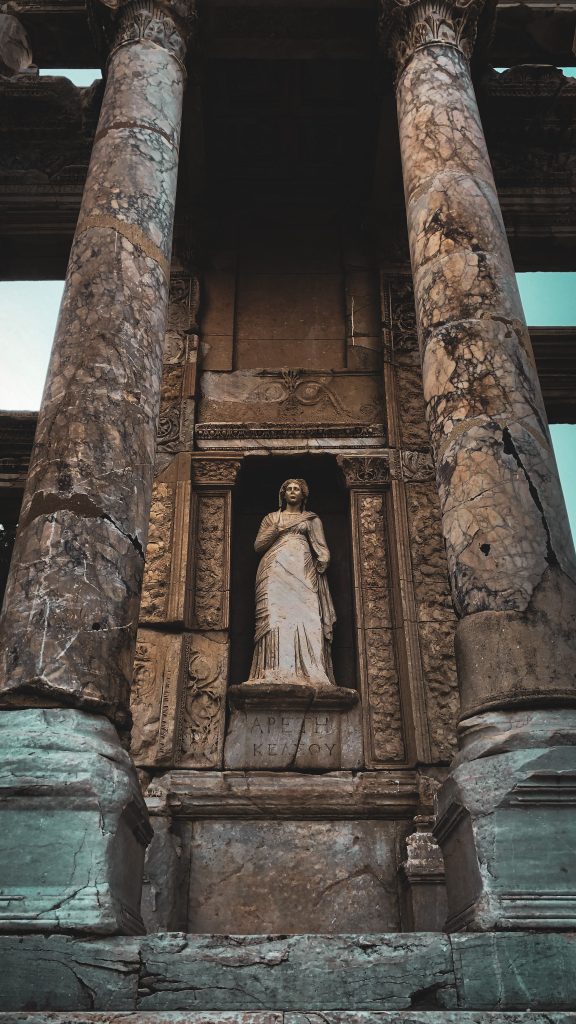
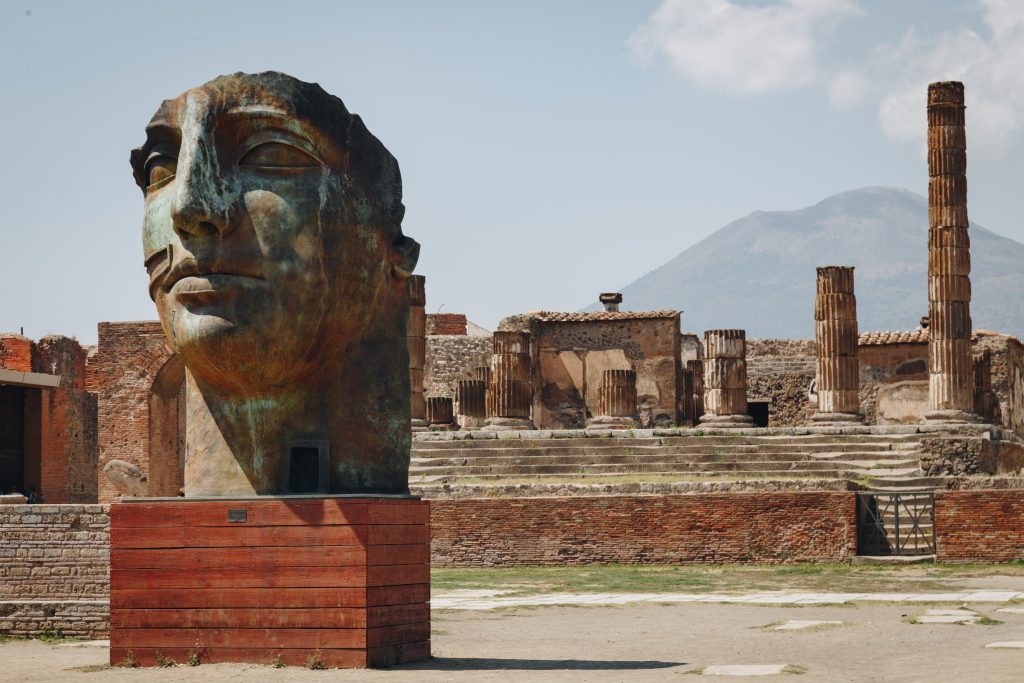
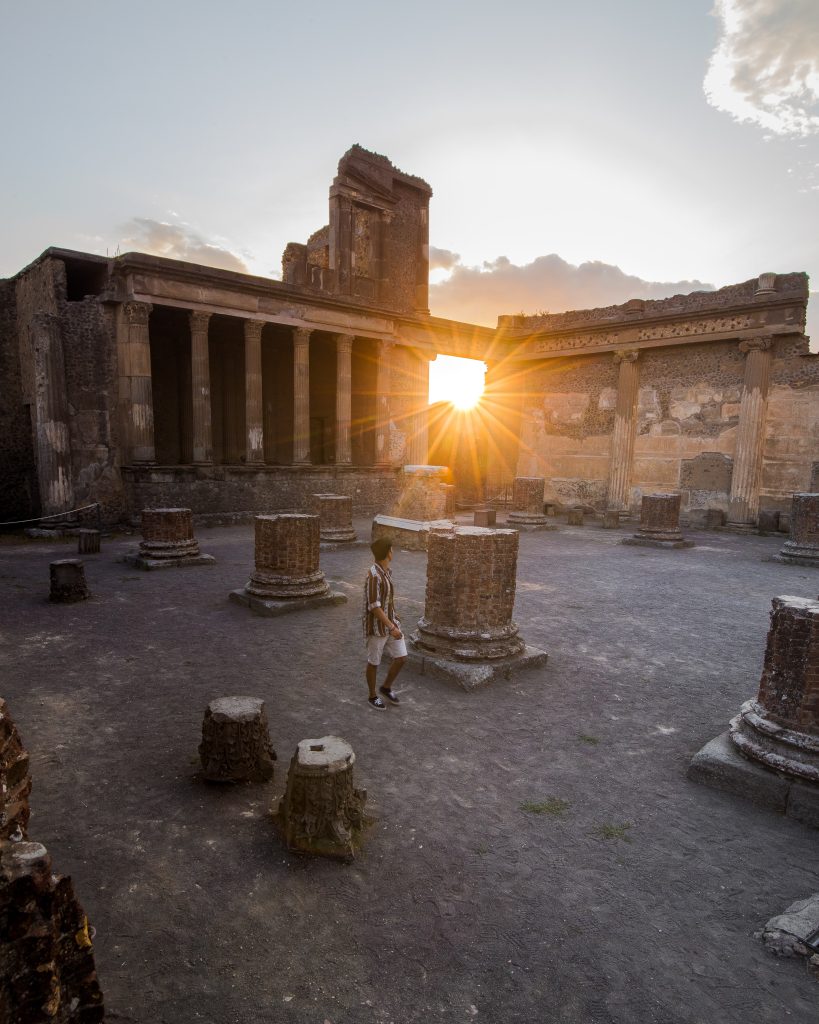
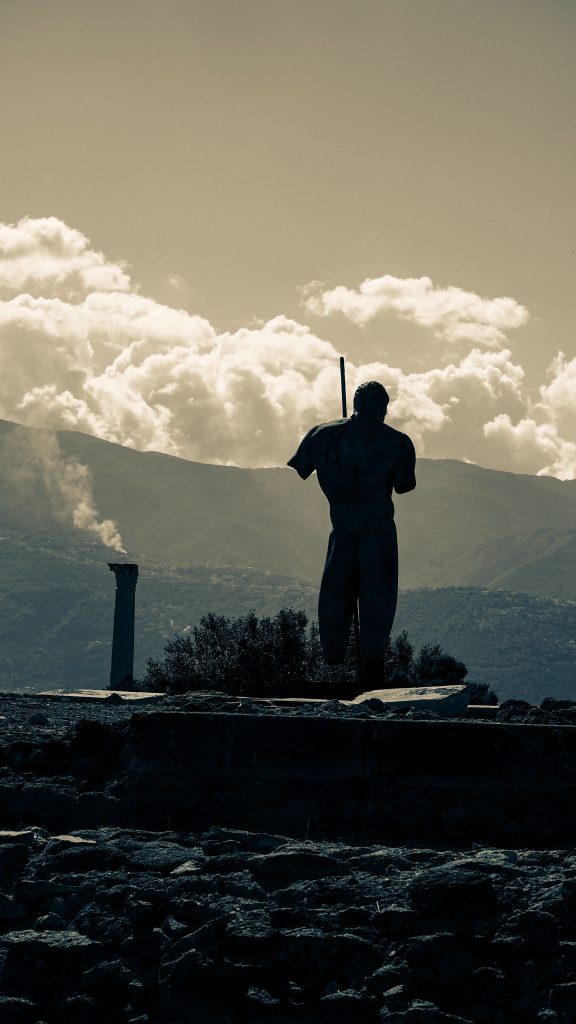
Day 5: Pompeii – Sorrento
Visit Sorrento and enjoy its scenery and atmosphere. Sorrento is a resort located on the southern coast of the Sorrentine Peninsula in Italy. It is known for its impressive landscapes, beautiful beaches, and relaxing atmosphere. It is also a popular starting point for excursions to the island of Capri and for visiting the old towns of the Sorrentine Peninsula.
Sorrento offers a variety of tourist activities, such as boat trips, bike rentals, or walks to explore the old town. There are also many restaurants and cafes that offer traditional Italian food and excellent opportunities to enjoy a coffee or wine while admiring the landscape.
Sorrento is also known for its production of citrus fruits, such as lemons and oranges, and for its local craftsmanship, such as ceramics and woodworking. There are many shops and workshops where you can buy these products.
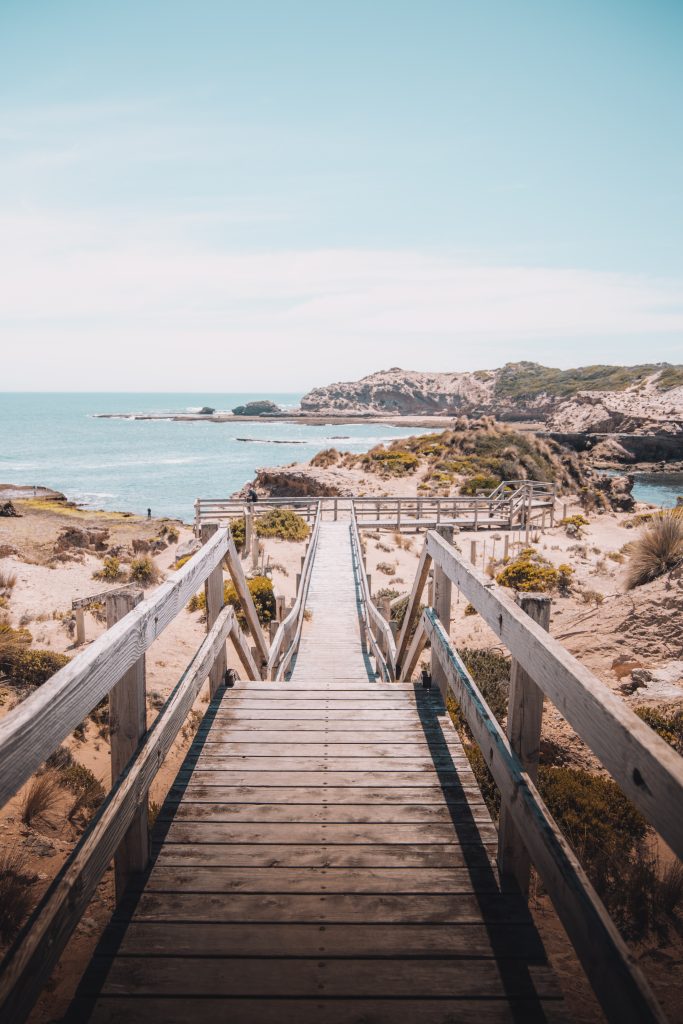
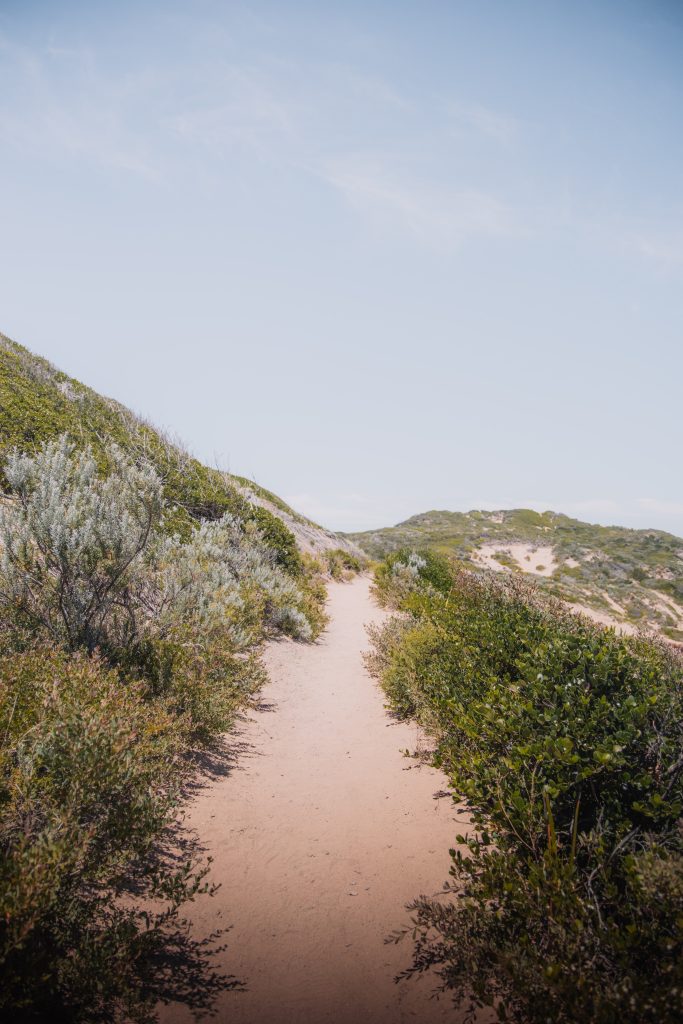
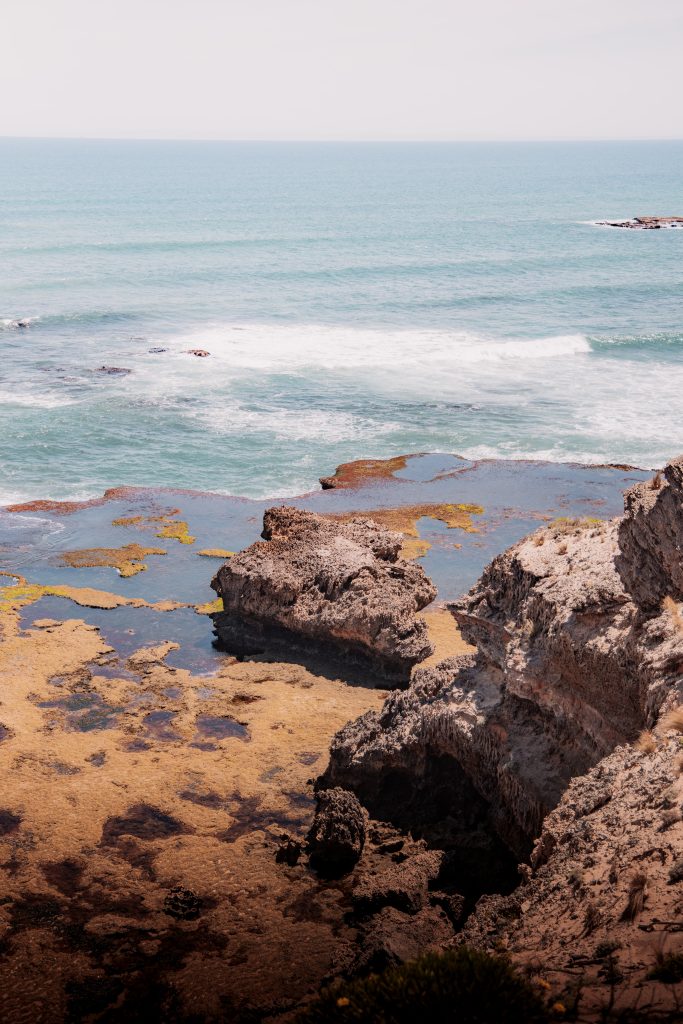
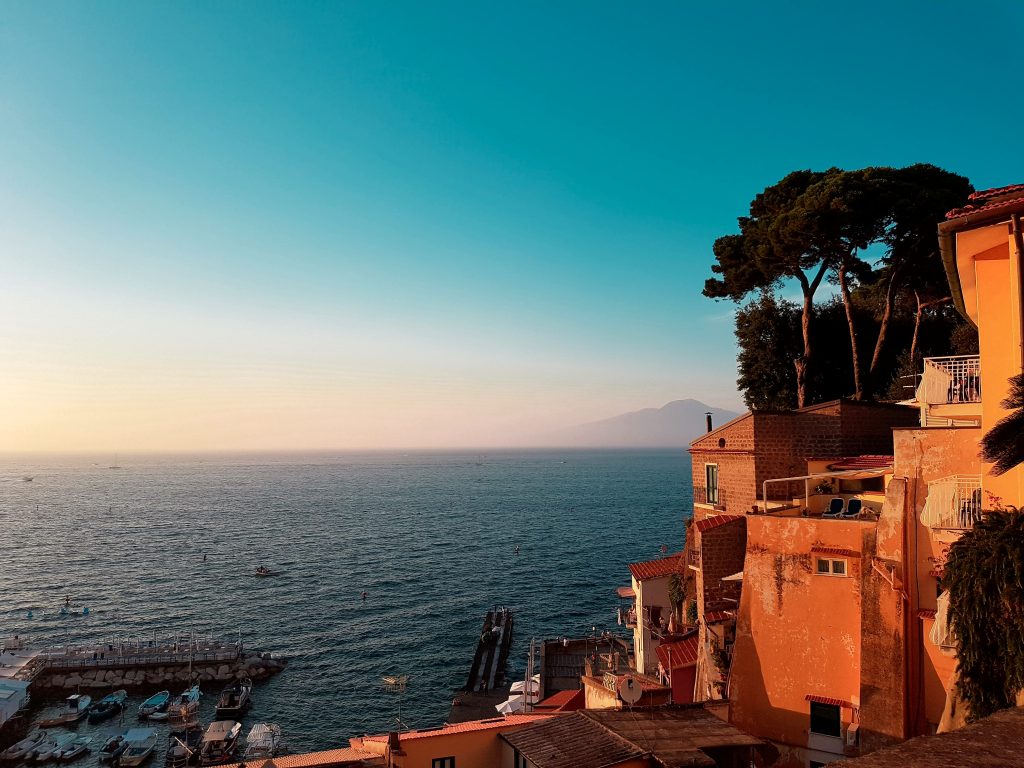
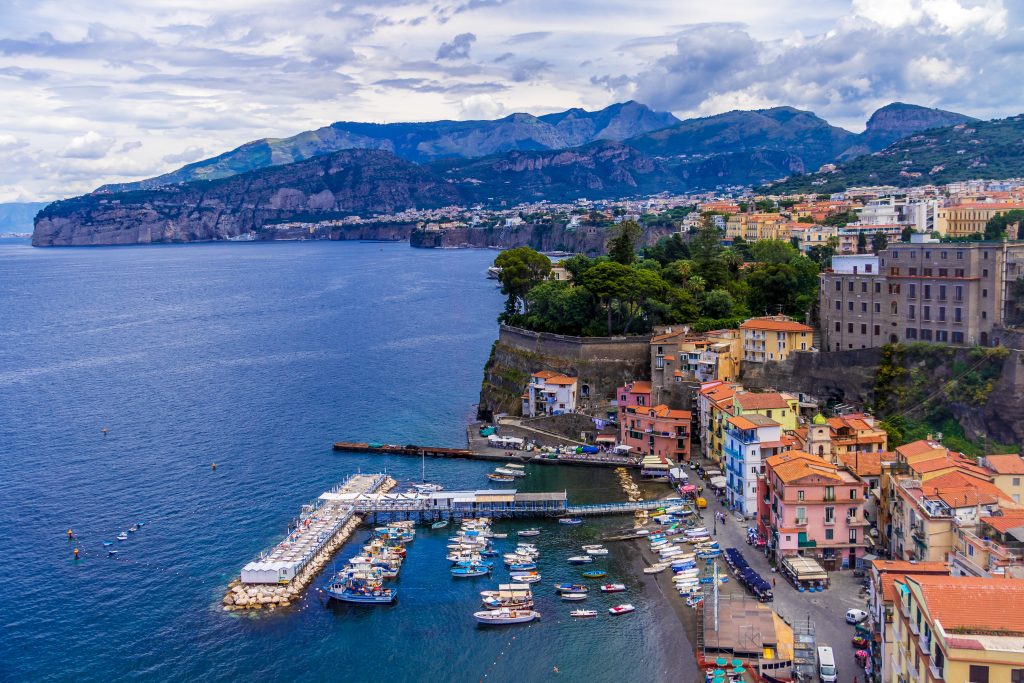
Day 6: Sorrento – Capri
If you’ve made it to Sorrento, the island of Capri is a must-visit. Capri is a picturesque island located in the Gulf of Naples in Italy. It is known for its stunning landscapes, beautiful beaches, and relaxing atmosphere. It is also a popular destination for luxury excursions and vacations, often frequented by celebrities and personalities. One of the most popular attractions on the island of Capri is the Blue Grotto, a submerged cave that can be visited by boat. Additionally, there are a variety of hiking trails offering impressive panoramic views of the island. Capri is also known for its luxurious amenities, such as exclusive hotels, upscale shops, and spas, offering opportunities for a luxurious and relaxing vacation.
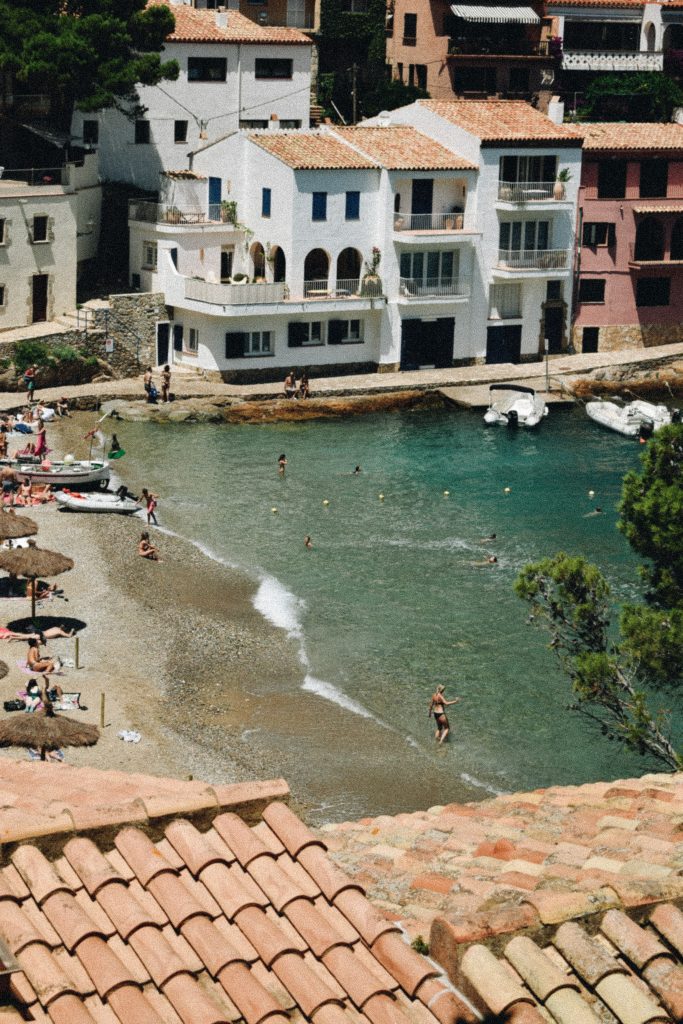
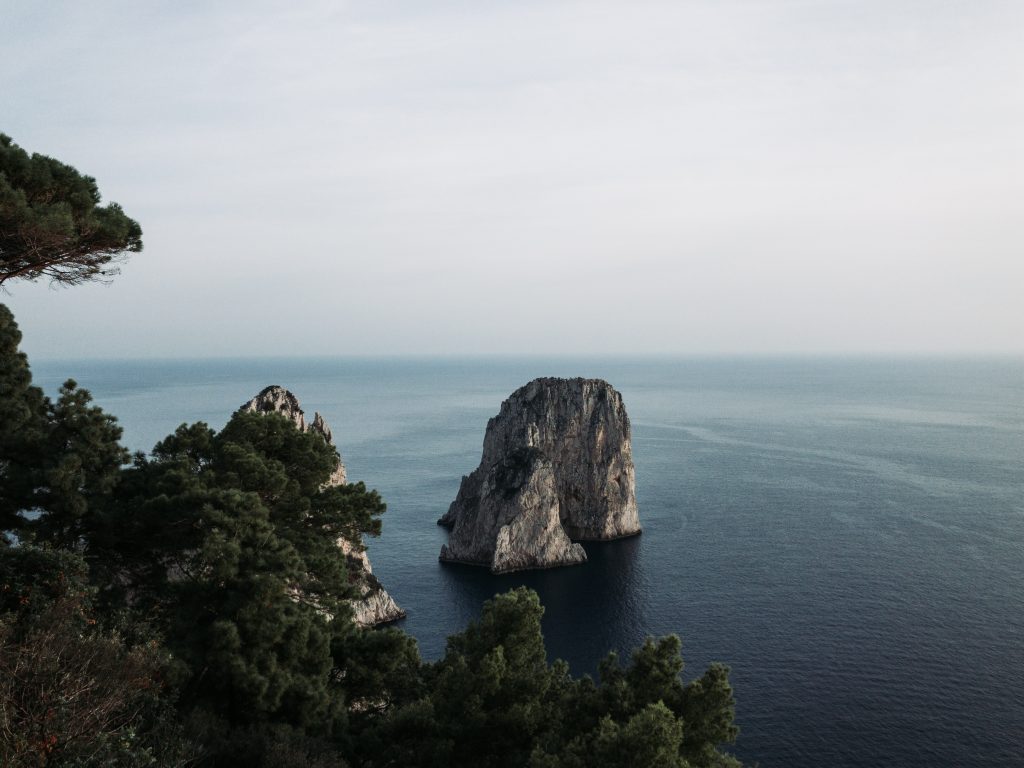
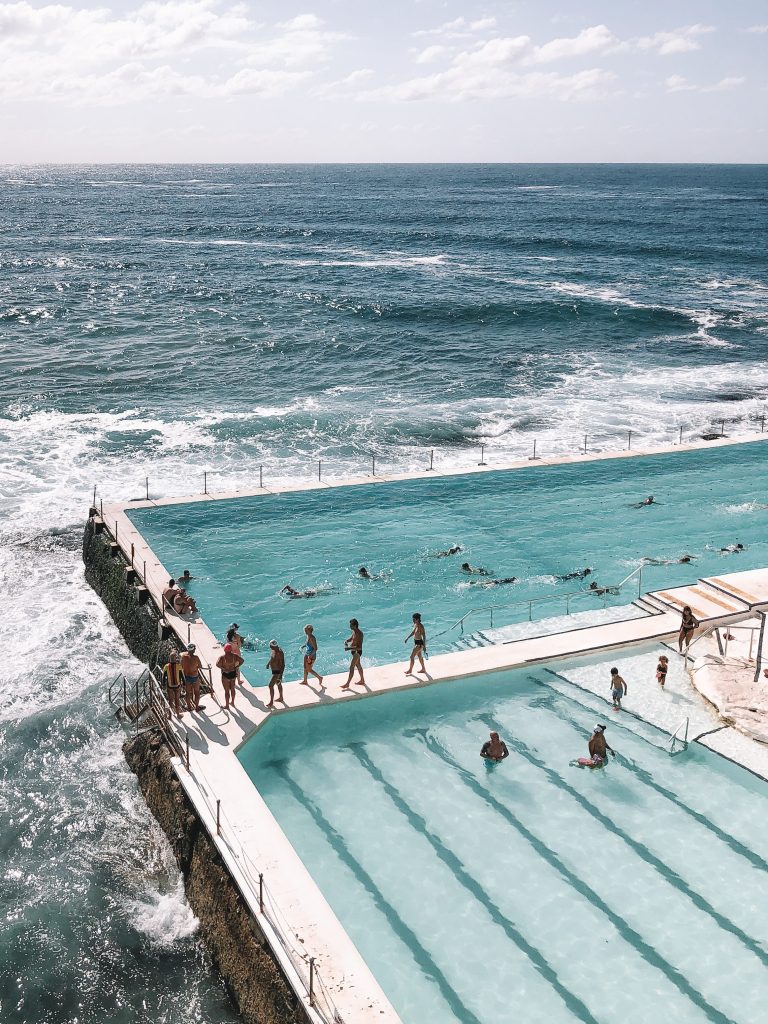
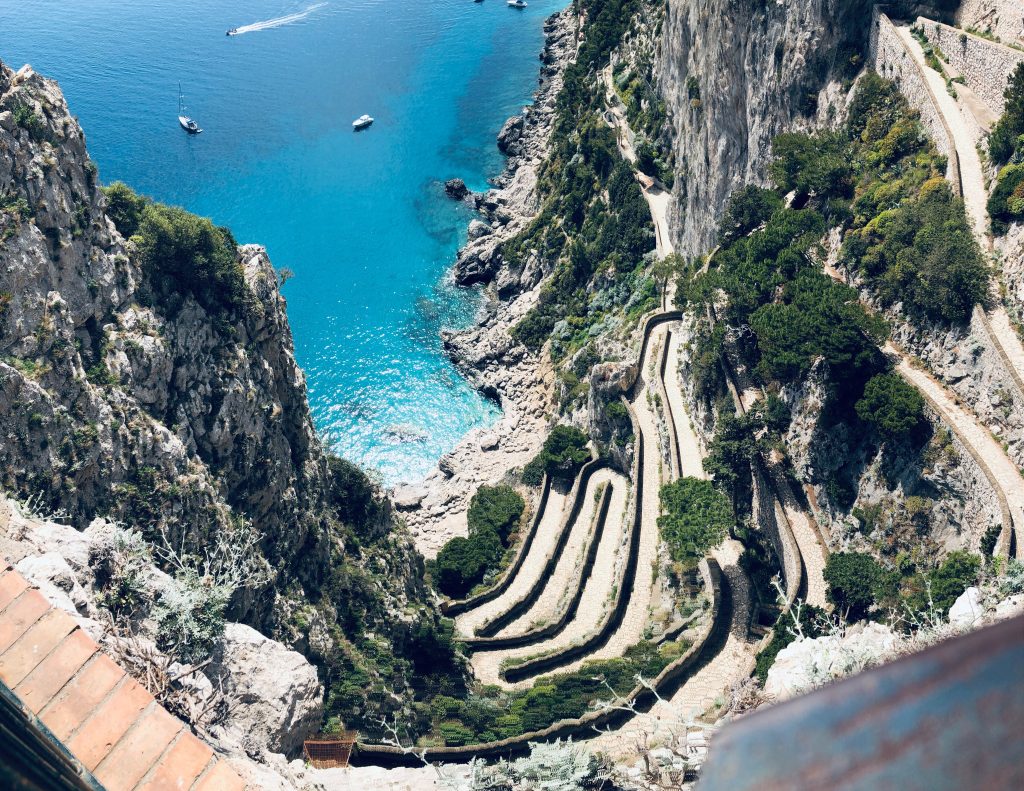
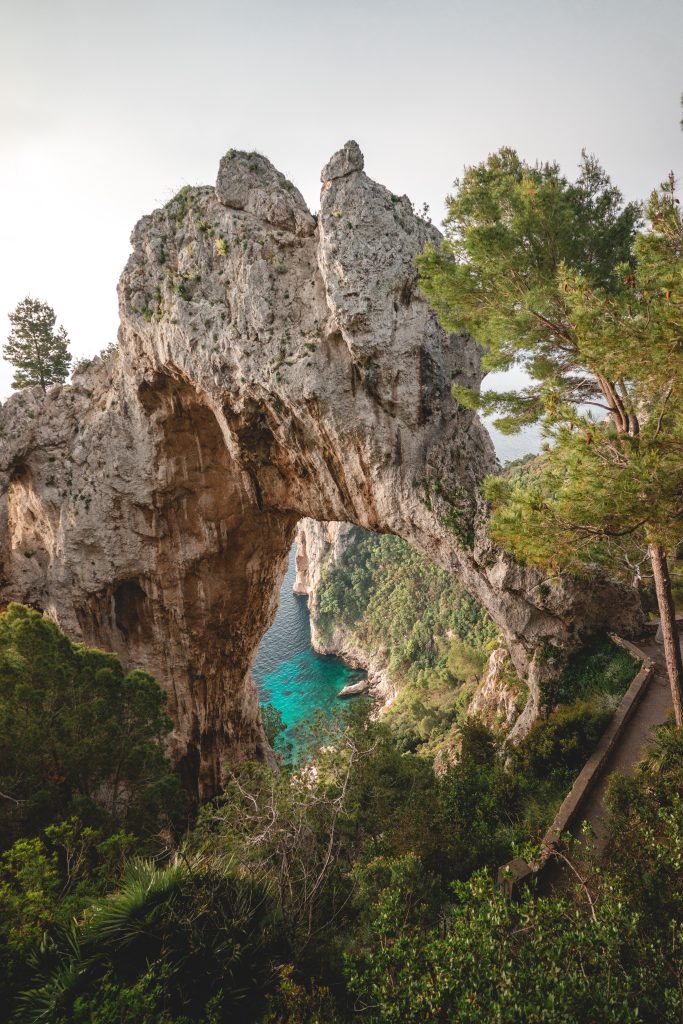
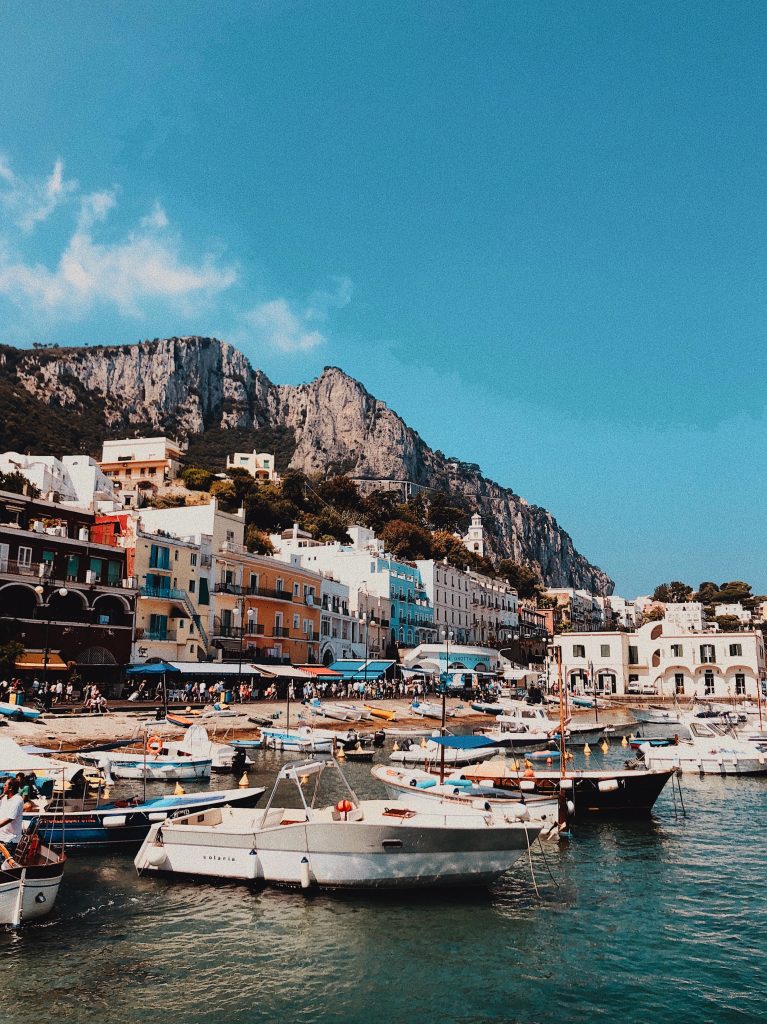
Day 7: Capri – Amalfi
Amalfi is a resort located on the southern coast of Italy, known for its impressive landscapes, beautiful beaches, and relaxed atmosphere. One of the most popular attractions in Amalfi is the Amalfi Cathedral, one of the oldest cathedrals in Italy, built in the 9th century, and home to one of the most valuable collections of religious artifacts in the world.
Additionally, Amalfi is renowned for its local craftsmanship, such as traditional ceramics, and for its relaxation facilities, including spas and beaches. It’s a wonderful place to spend a relaxing vacation and to explore the beauty of the Amalfi Coast.
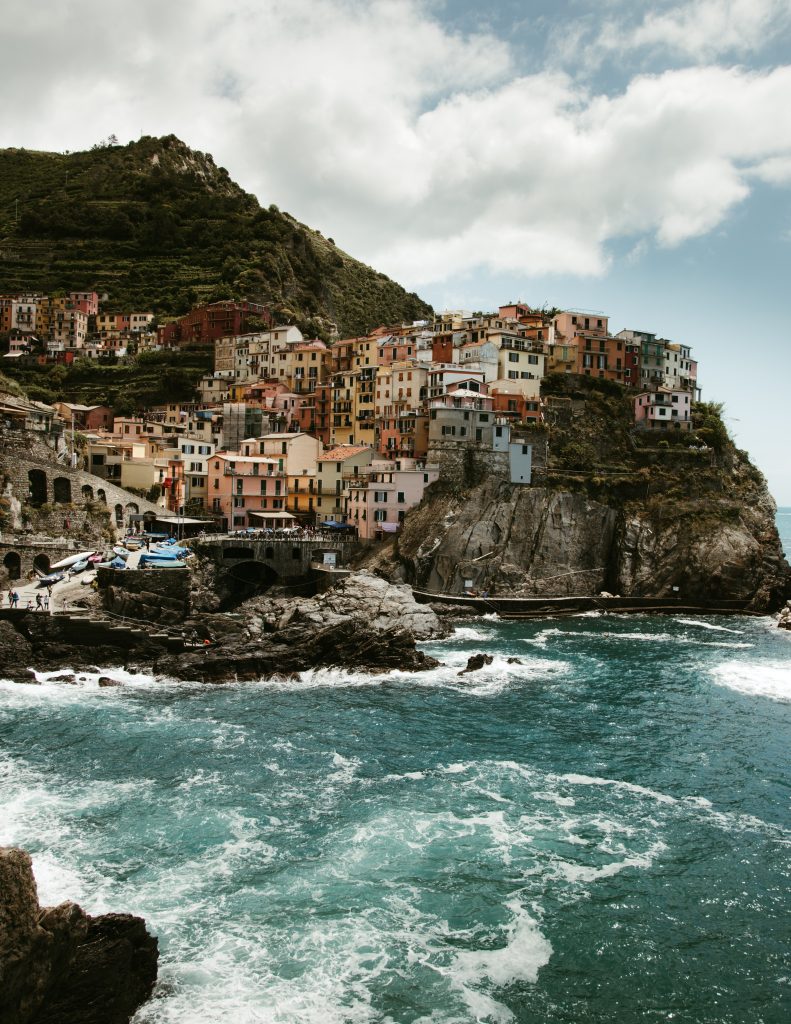
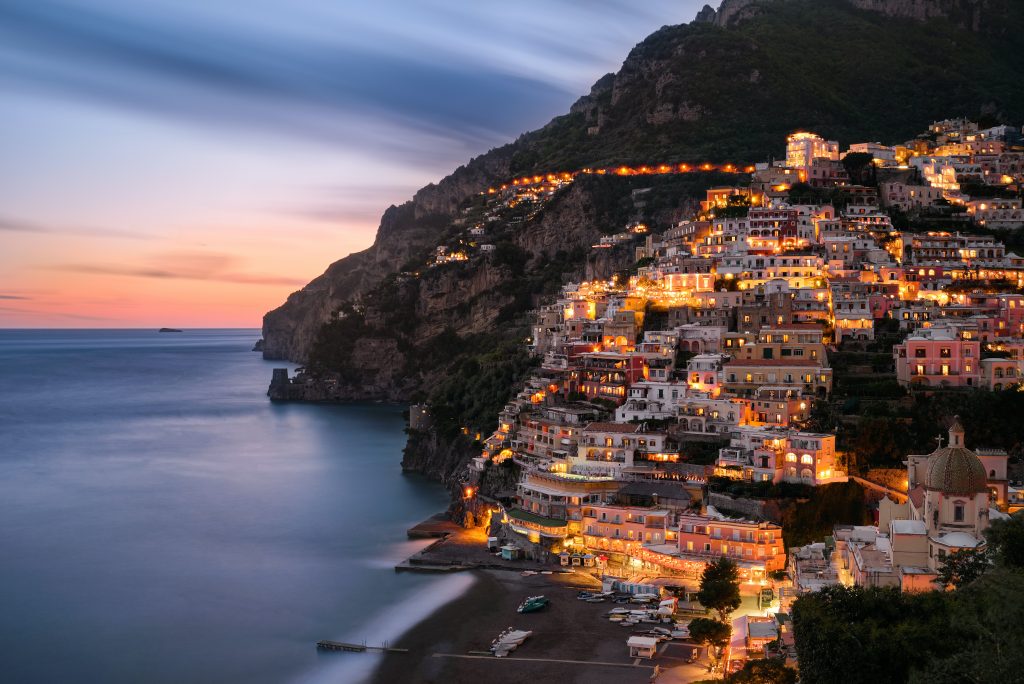
Day 8: Amalfi – Positano
One of the most popular attractions in Positano is the Spiaggia Grande public beach, one of the most beautiful beaches in Italy, with fine sand and crystal-clear water. Positano is known for its unique architecture, characterized by colorful houses and buildings built in the local style, known as “saraceno.” These buildings are built on a slope, lined up next to each other, and adorned with traditional architectural elements such as arches, columns, and balconies.
One of the most significant buildings in Positano is the Cathedral of Santa Maria Assunta, built in the 13th century, which houses one of the most valuable collections of religious artifacts in the world and offers a panoramic view of the city.
Additionally, Positano is known for its traditional houses built in the local style, such as Casa Rossa and Casa dei Limoni, which have been converted into hotels or vacation homes and offer excellent opportunities to experience local life.
Other notable buildings in Positano include Palazzo Murat, an 18th-century building that served as a residence for King Murat of Naples and now houses a luxurious hotel.
Positano also has a variety of boutiques, souvenir shops, and art galleries where you can buy local products and crafts.
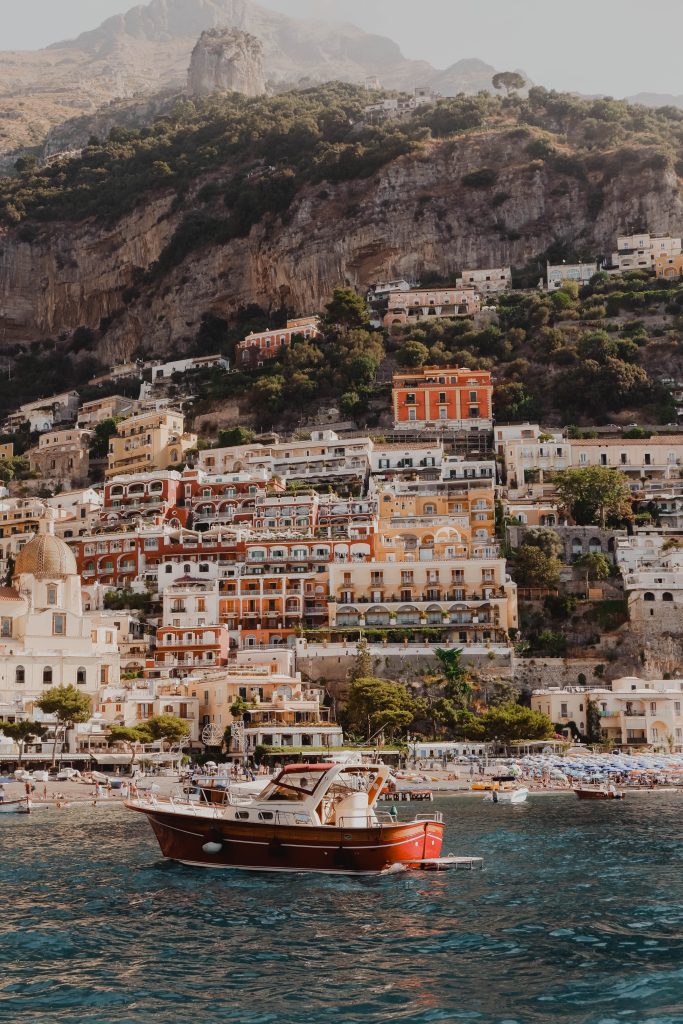
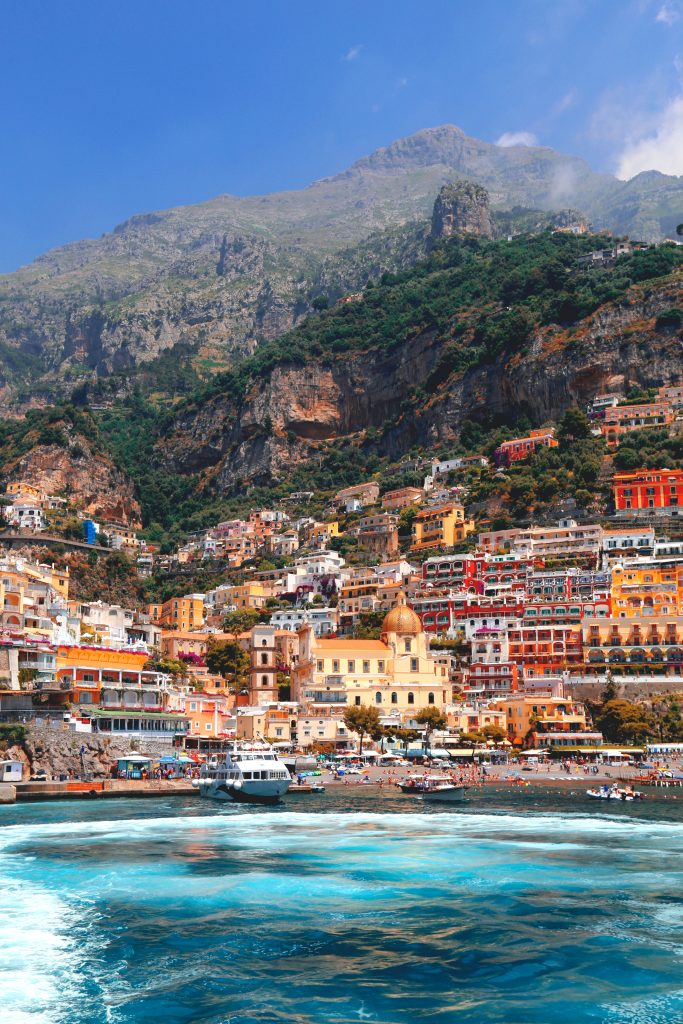
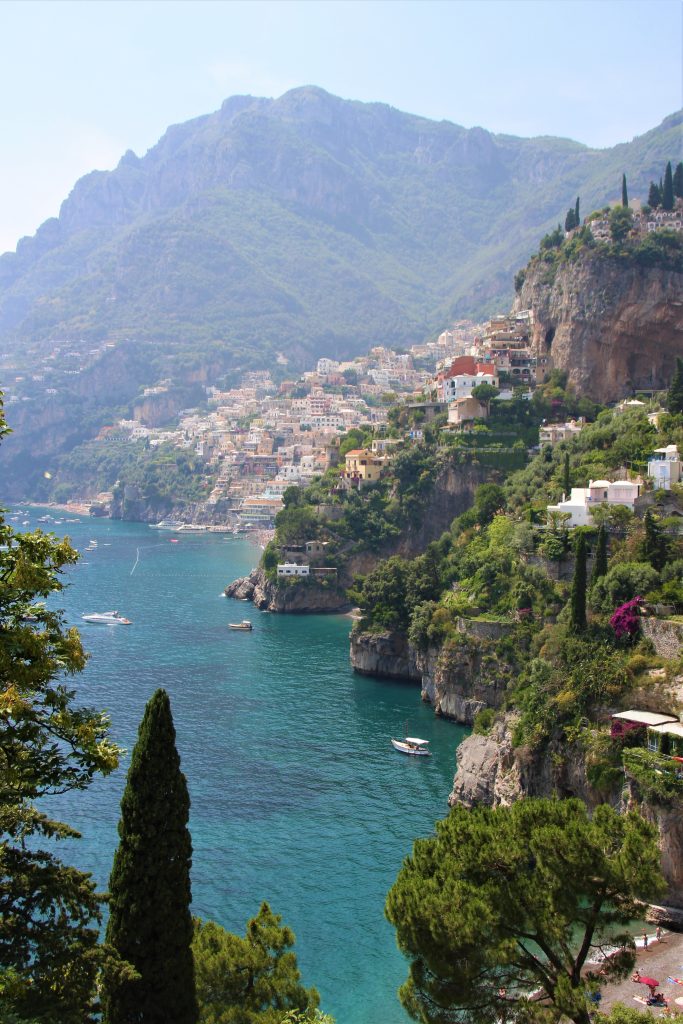
Day 9: Positano – Ravello
Ravello is a small town located on the southern coast of Italy, known for its impressive landscapes. Ravello is renowned for a unique attraction, which is Villa Rufolo, an impressive building from the 13th century.
Villa Rufolo is a historic building that served as a residence for an important family in Ravello in the 13th century. Today, the building is open to visitors and offers a wonderful glimpse into medieval architecture and its impressive gardens.
Villa Rufolo, known for its garden amphitheater, is one of the most beautiful in the world. It is an open space with a capacity of over 1000 seats, which is used for classical music concerts and other cultural events.
Villa Rufolo is also known for its panoramic view of the Gulf of Salerno and the Amalfi Coast, which can be admired from its impressive garden and amphitheater.
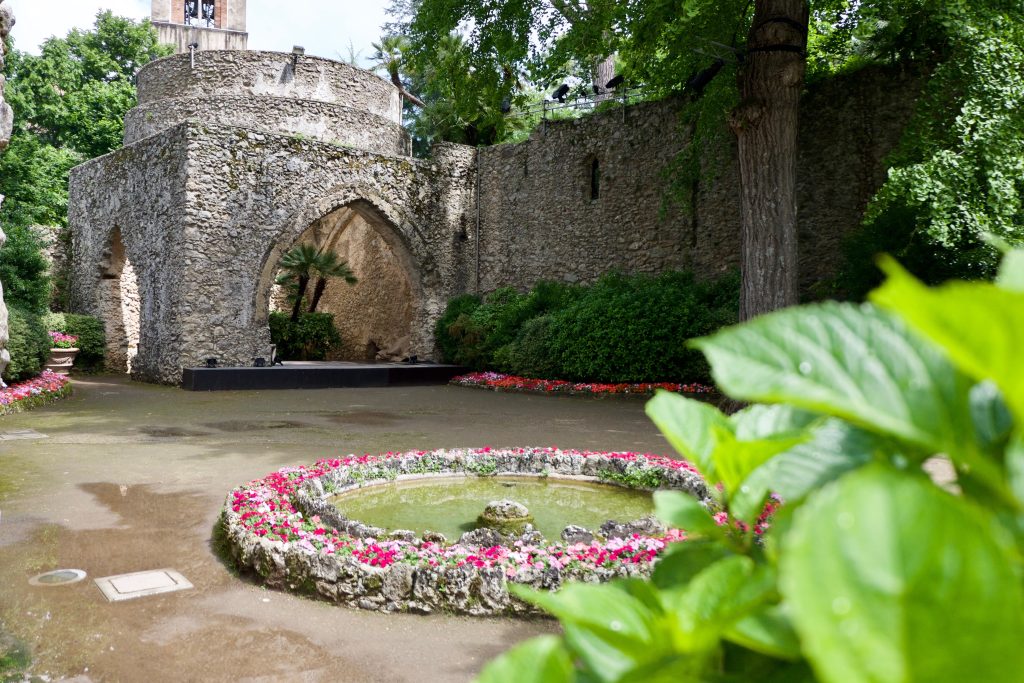
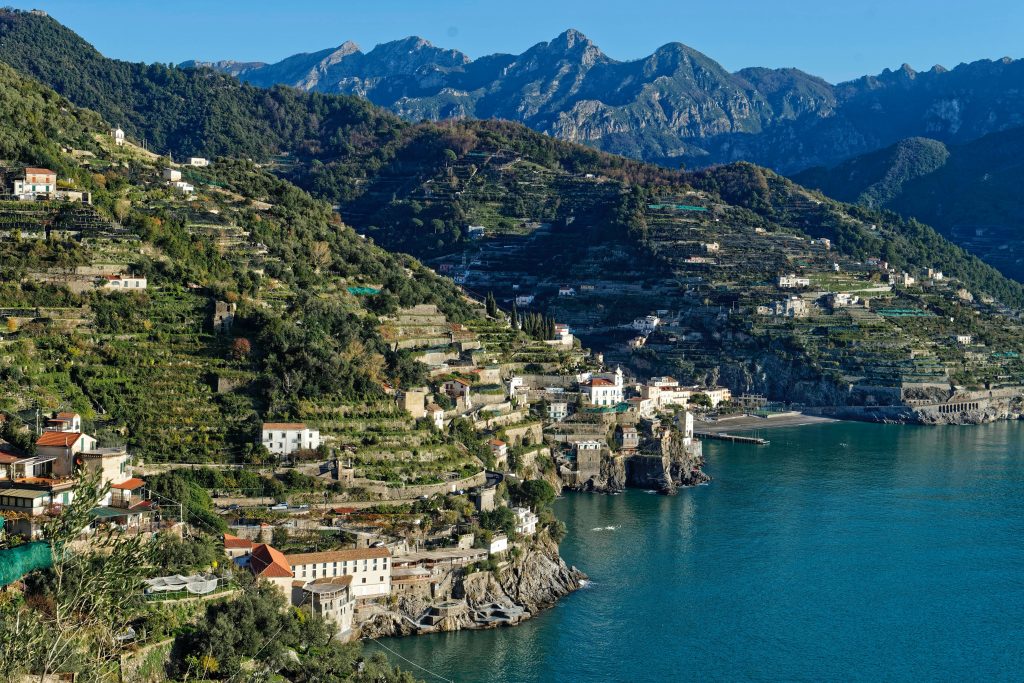
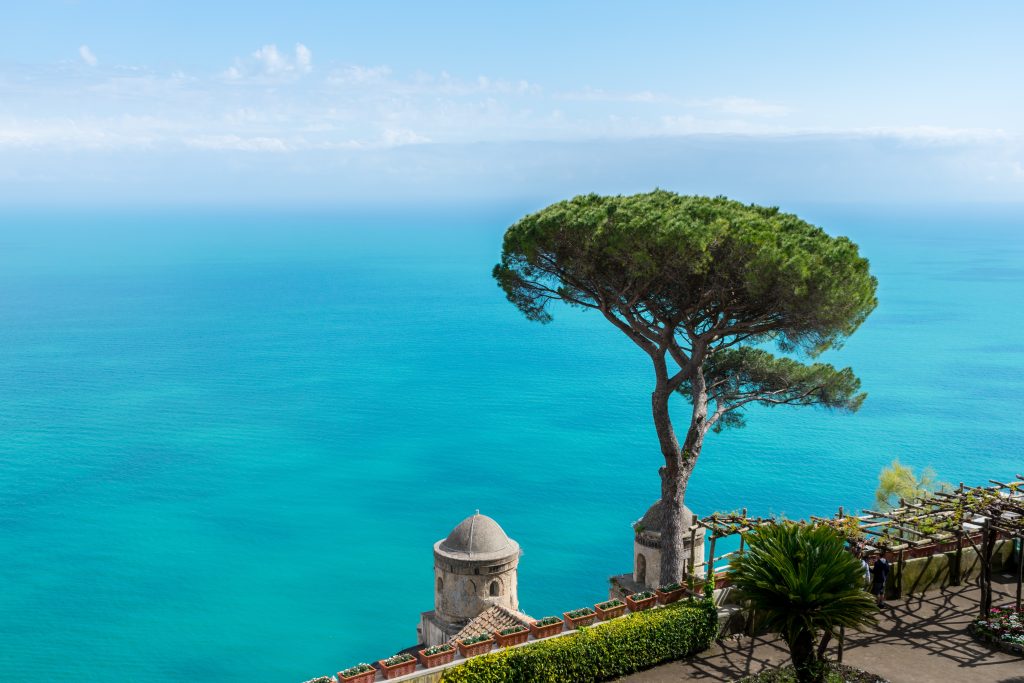
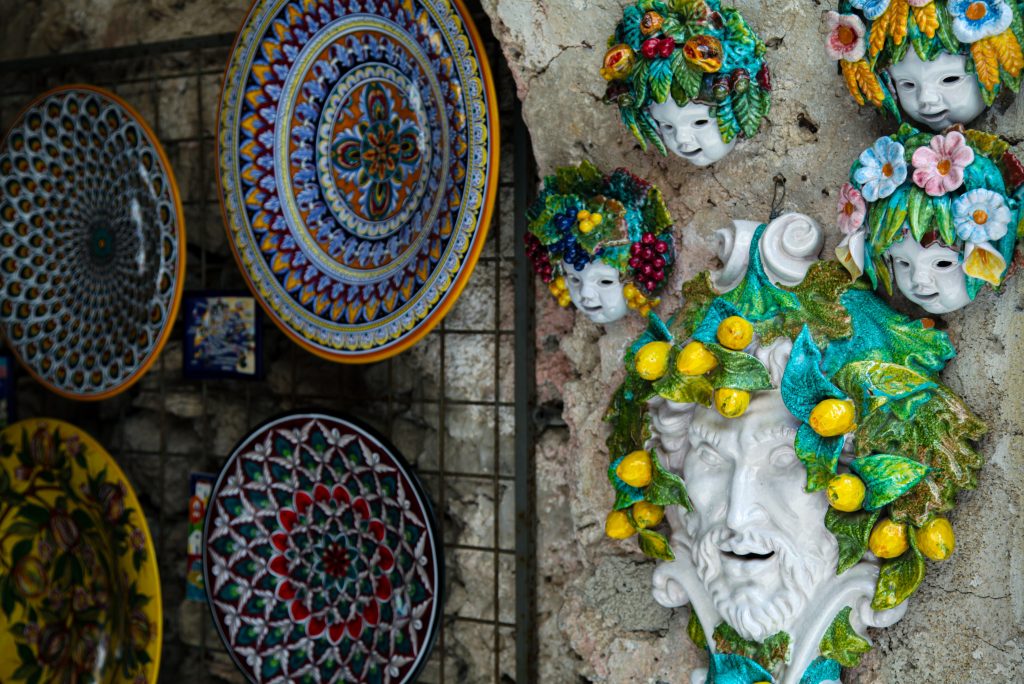
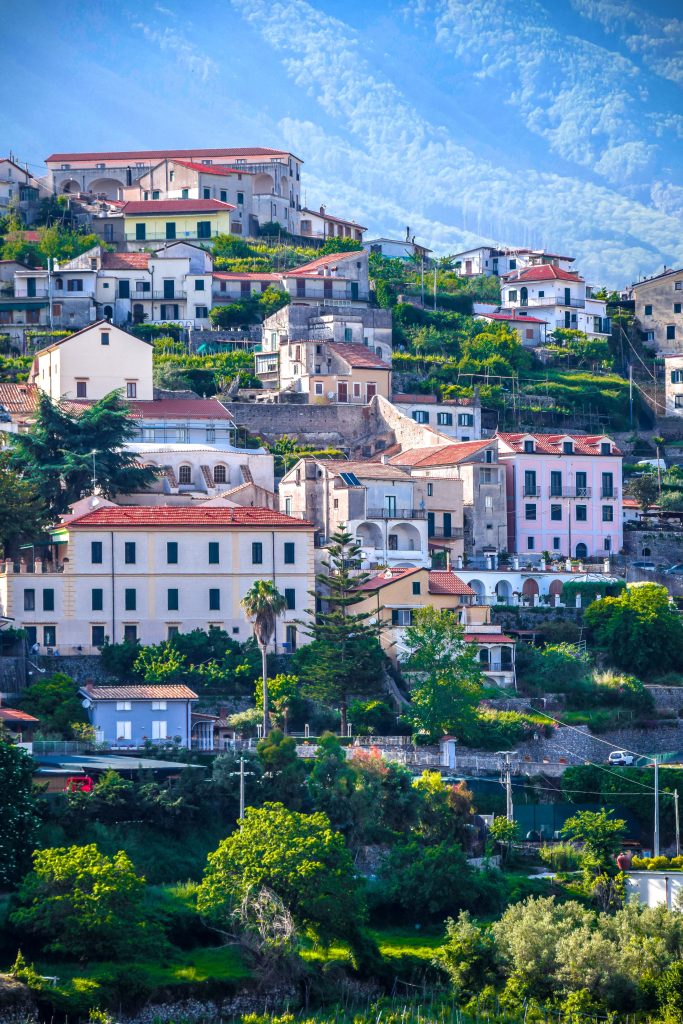
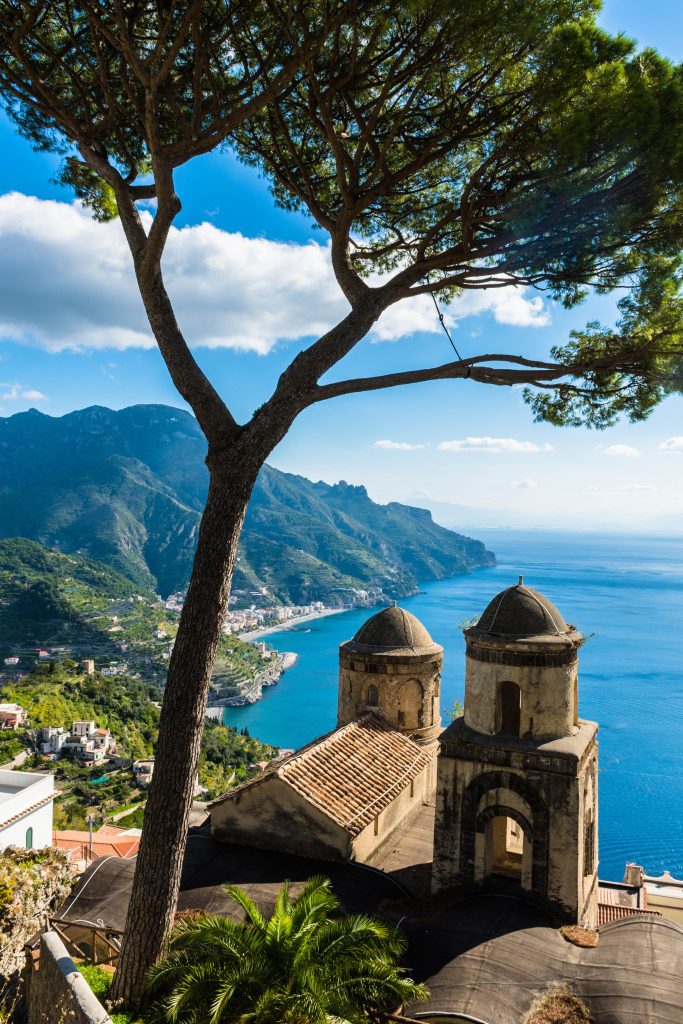
Day 10: Ravello – Paestum
Paestum is an archaeological site located in southern Italy, known for its impressive Greek temples dating back to the 6th-5th centuries BCE. These temples are considered some of the best-preserved in ancient Greece and are recognized as one of the most important tourist attractions in the area.
One of the most significant temples in Paestum is the Temples of Hera and Zeus, dating back to the 6th century BCE. These are built in the Doric architectural style and were used as places of worship for the gods Hera and Zeus.
Another important attraction in Paestum is the Temple of Poseidon, dating back to the 5th century BCE. This is built in the Ionic architectural style and was used as a place of worship for the god Poseidon.
Paestum is also known for its extensive archaeological site, which includes a necropolis, a residential area, and a Roman forum. These provide insight into the lifestyle and architecture of antiquity.
Additionally, the archaeological site includes a museum where visitors can see a variety of ancient objects, such as pottery and sculptures, discovered during excavations.
Paestum is also known for its impressive gardens, which have been landscaped to reflect the natural landscape surrounding the archaeological site.
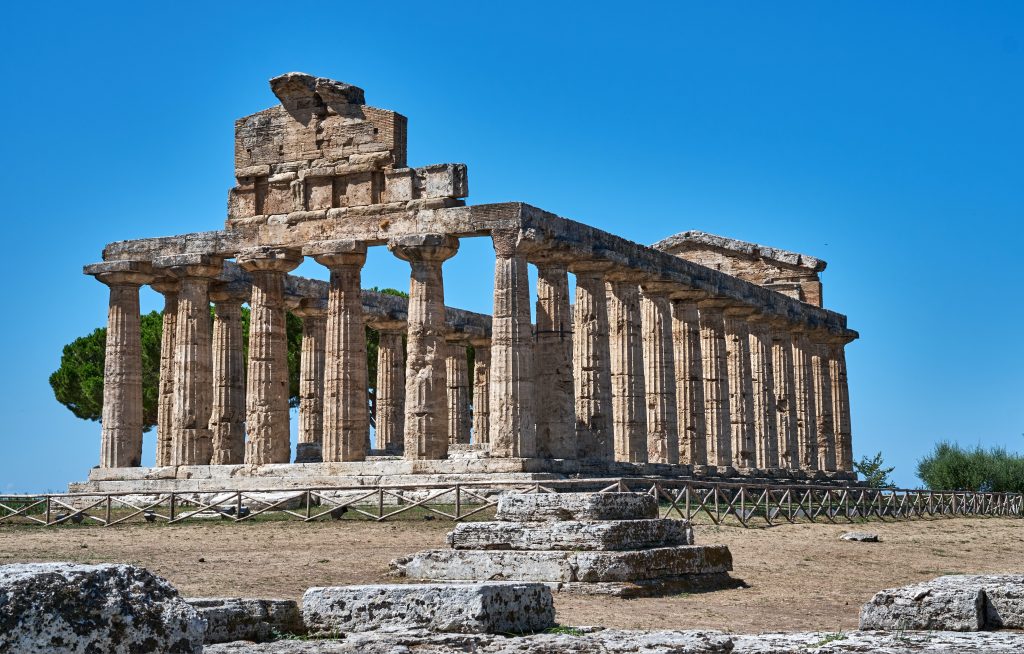
Day 11: Paestum – Matera
Matera is known for its unique system of stone-built houses, called “sassi,” which date back to prehistoric times. These houses are built into natural caves and are considered one of the oldest human settlements in Europe.
The stone house system in Matera was declared a UNESCO World Heritage Site in 1993 due to its historical and architectural significance. Visitors can explore these houses and see how people lived in these caves from prehistoric times until the 1950s.
Another important attraction in Matera is the Cathedral of Saint Peter, built in the 13th century, which houses a variety of religious artifacts and offers a panoramic view of the city.
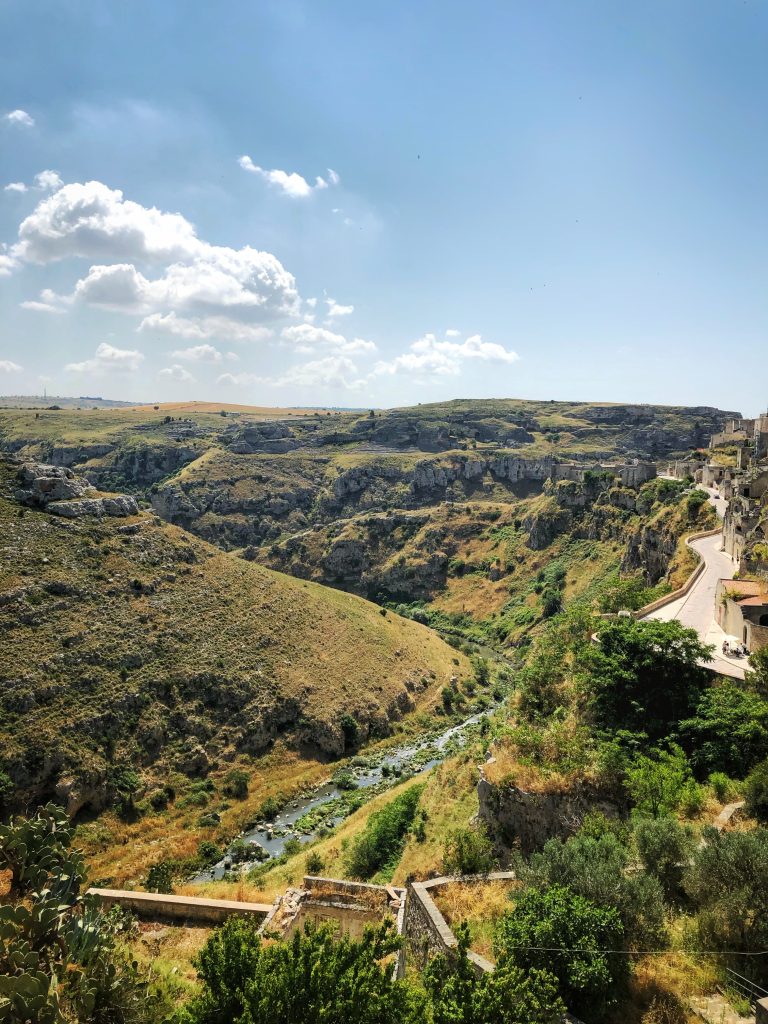
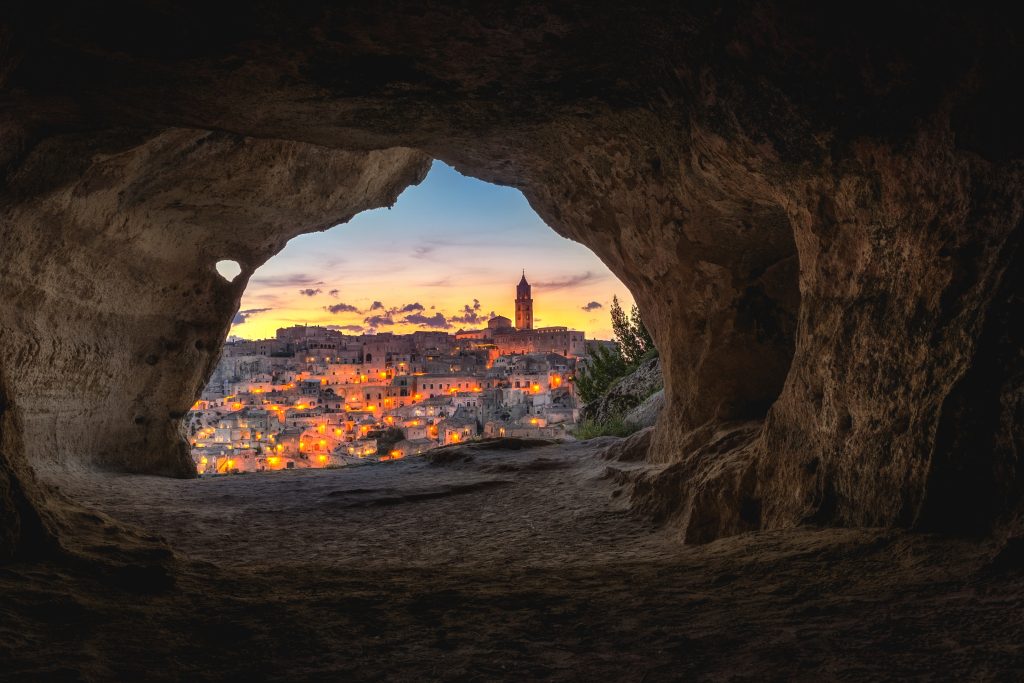
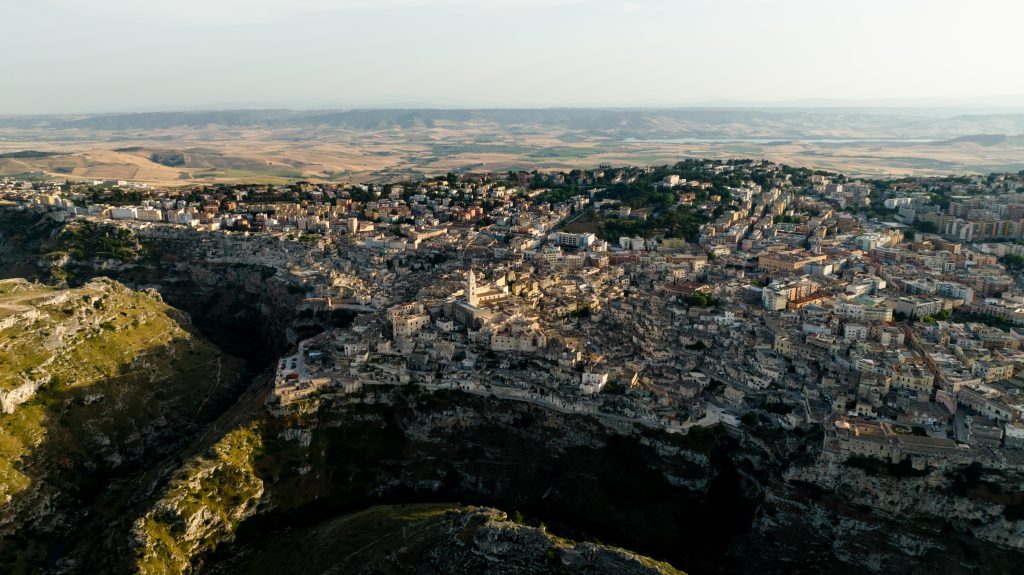
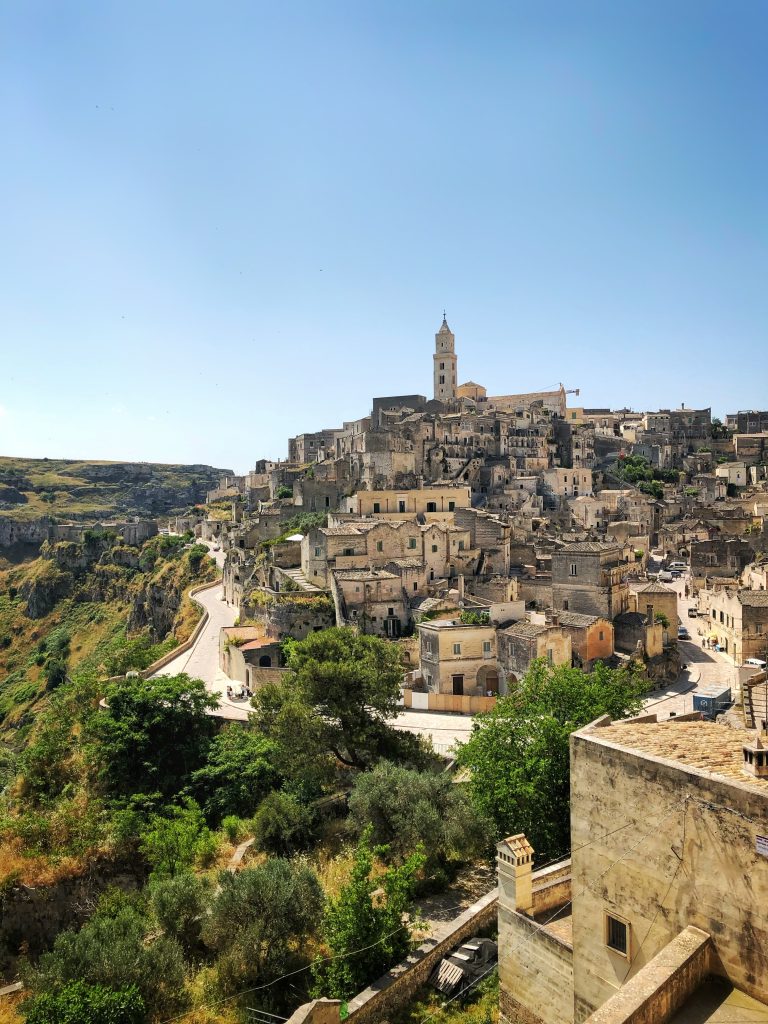
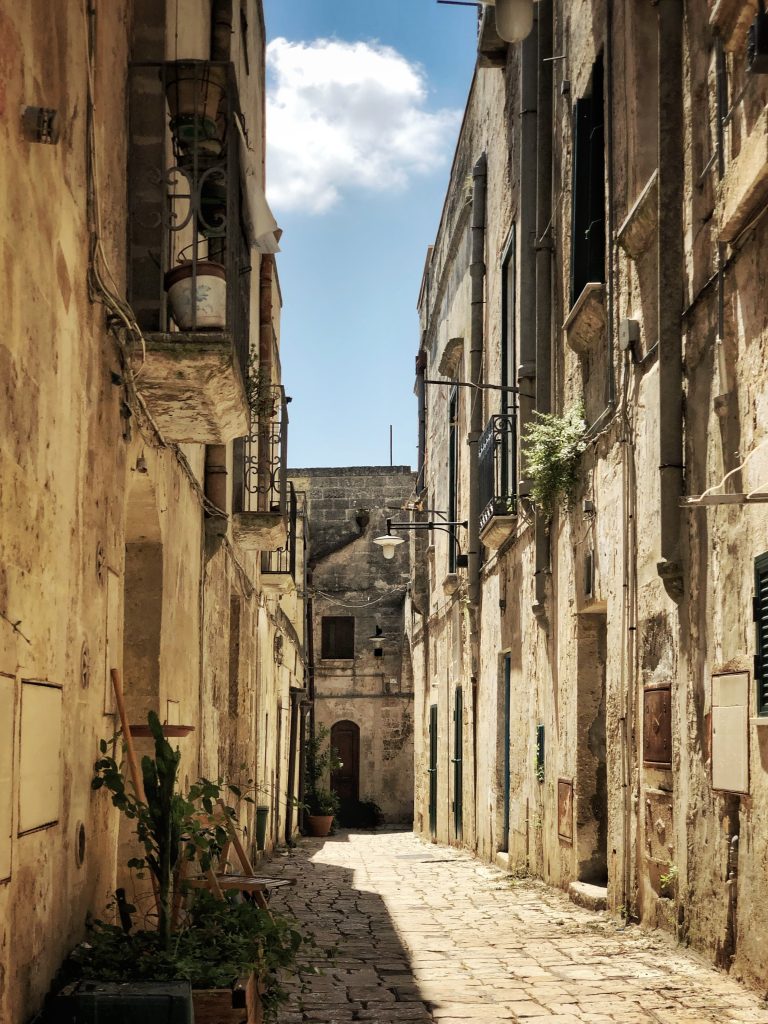
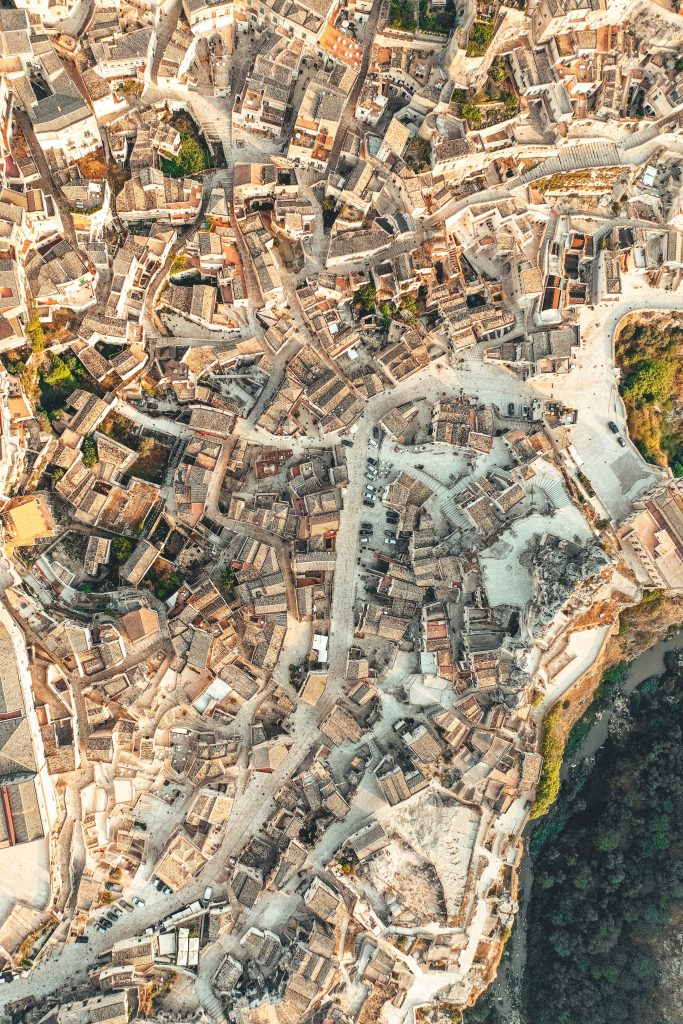
Day 12: Matera – Lecce
Lecce is a city located in southern Italy, renowned for its impressive Baroque architecture. It is often referred to as the “Florence of the South” due to the large number of Baroque buildings constructed in the city during the 17th and 18th centuries.
One of the most significant attractions in Lecce is the Lecce Cathedral, built in the Baroque style in the 17th century. It is known for its impressive facade adorned with sculptures and ornaments.
Another notable attraction in Lecce is the Roman Amphitheater, an ancient theater built in the 1st century BCE that can accommodate up to 8,000 spectators. It is still used for theatrical performances and concerts during the summer months.
Additionally, Lecce boasts a variety of other impressive Baroque buildings, such as the Basilica di Santa Croce, Piazza del Duomo, and Palazzo dei Celestini, all showcasing the local architectural style.
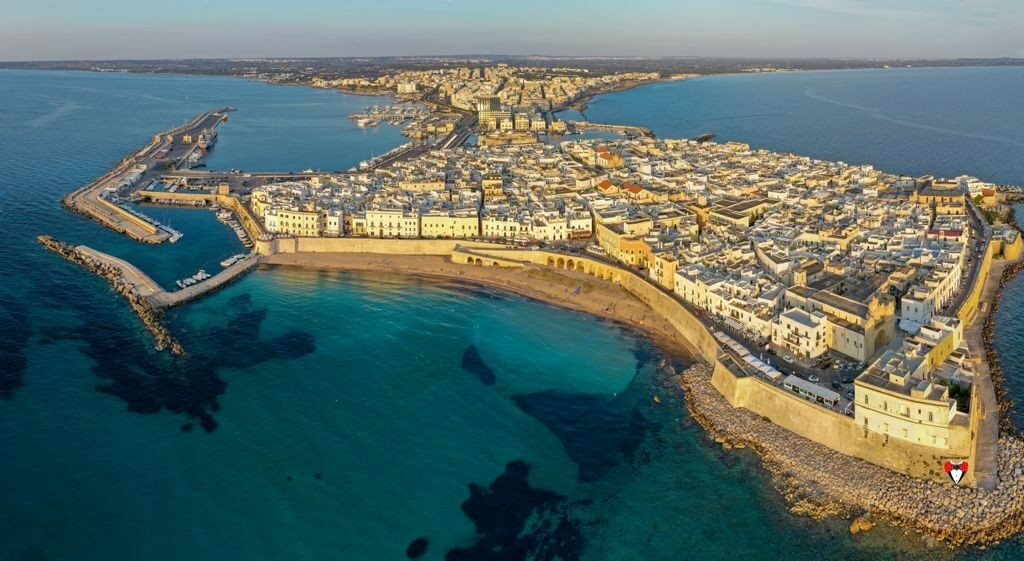
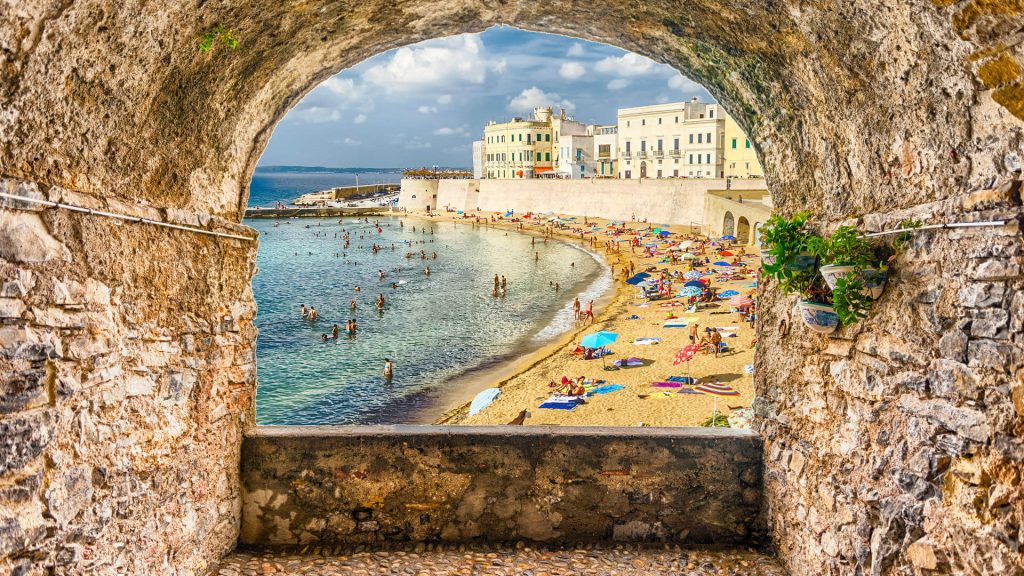
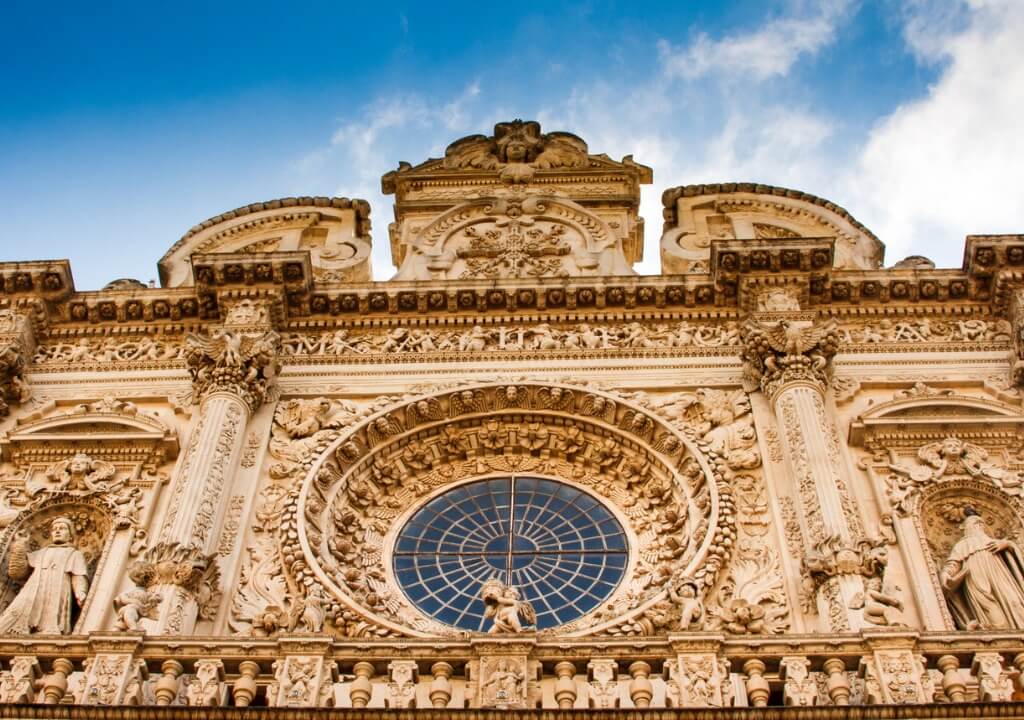
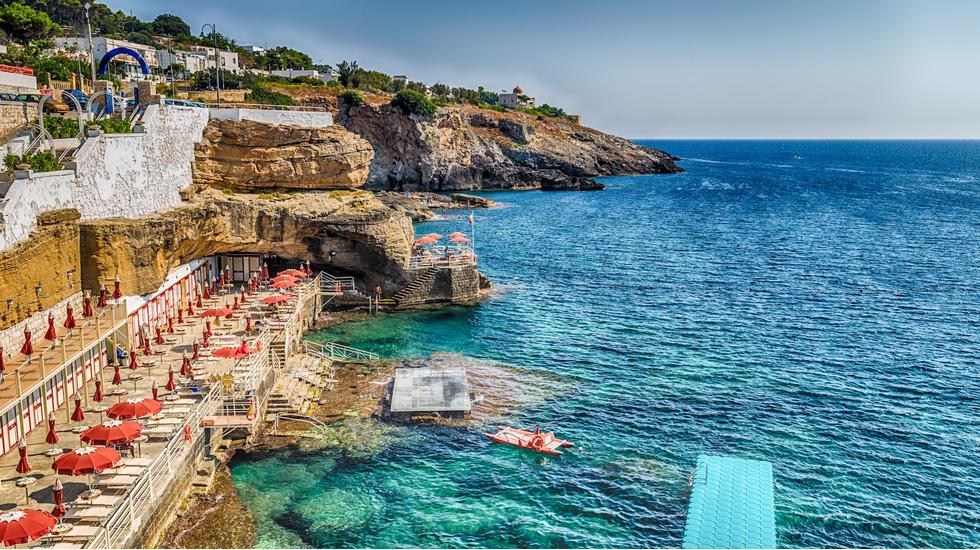
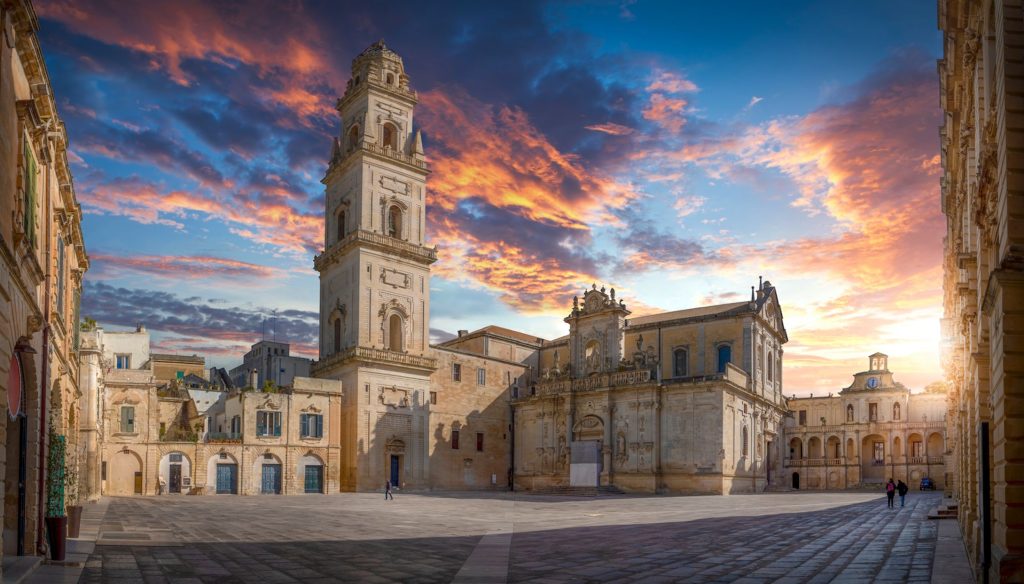
Days 13-14: Lecce – Bari – Departure Home
One of the most important attractions in Bari is the Bari Cathedral, built in the 11th century. It is renowned for its Byzantine architecture and for housing the holy relics of Saint Nicholas, one of the city’s patron saints.
Another significant attraction in Bari is the Norman-Swabian Castle, a fortress built in the 12th century, offering insight into the city’s history and now housing a museum.
Additionally, Bari offers a variety of other tourist attractions, such as Piazza del Ferrarese, one of the main squares in the city.
Bari is situated on the Adriatic coast, so there are plenty of beautiful and accessible beaches nearby.
One of the most popular beaches in the area is San Cataldo Beach, located about 10 km from Bari. It is a long and wide beach with fine sand and clear water, perfect for swimming and sunbathing.
Another popular beach in the area is Polignano a Mare Beach, located about 30 km from Bari. It is a picturesque beach with cliffs and caves, offering excellent opportunities for diving and snorkeling.
Additionally, Monopoli Beach, located about 40 km from Bari, is a long and wide beach with fine sand and clear water, perfect for relaxation and swimming.
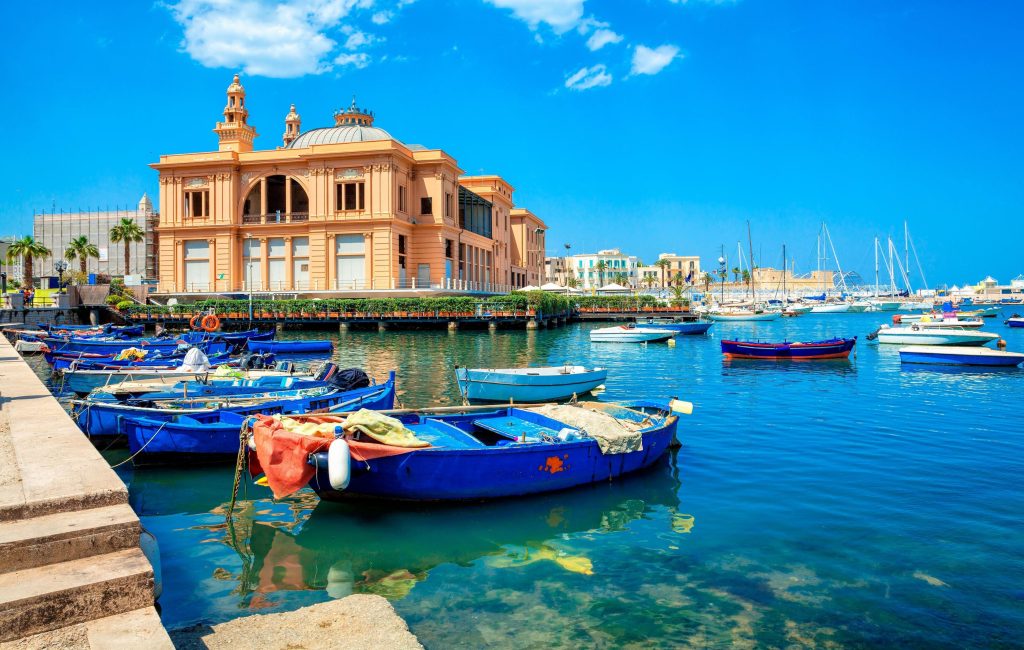
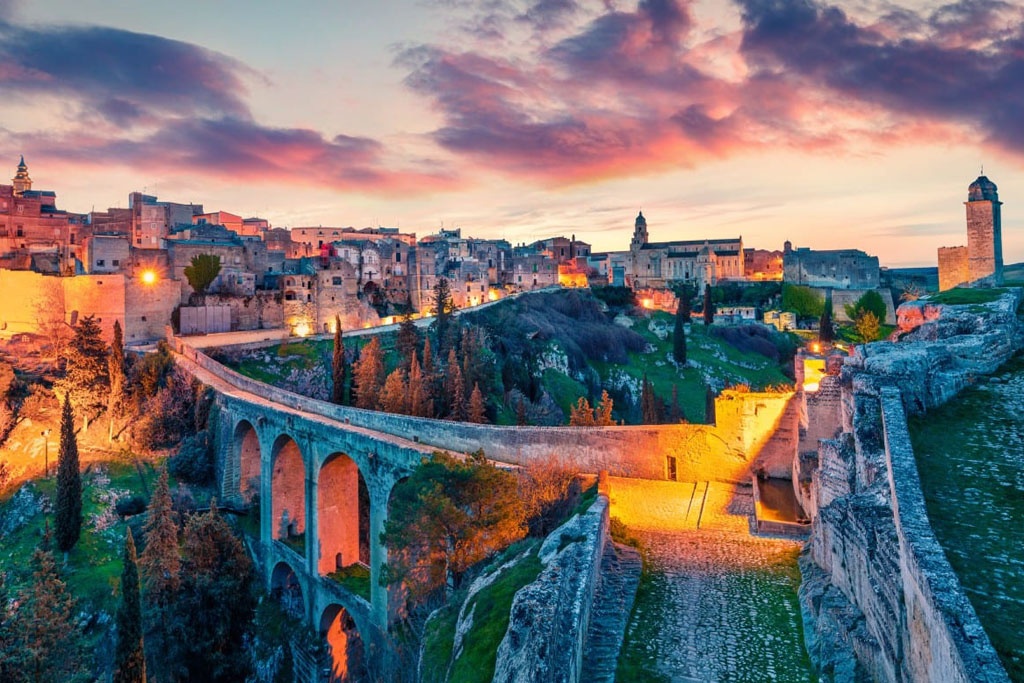
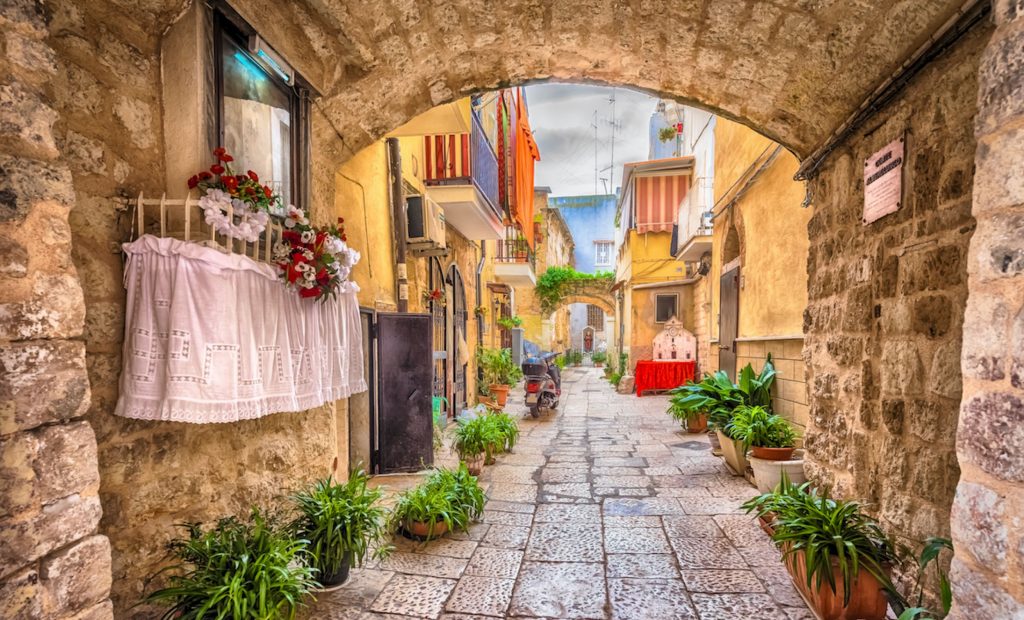
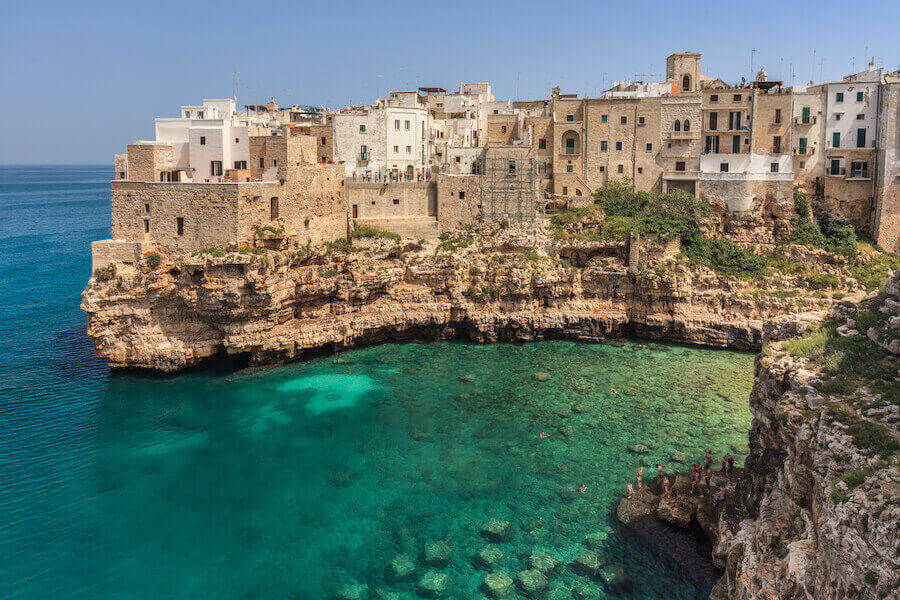
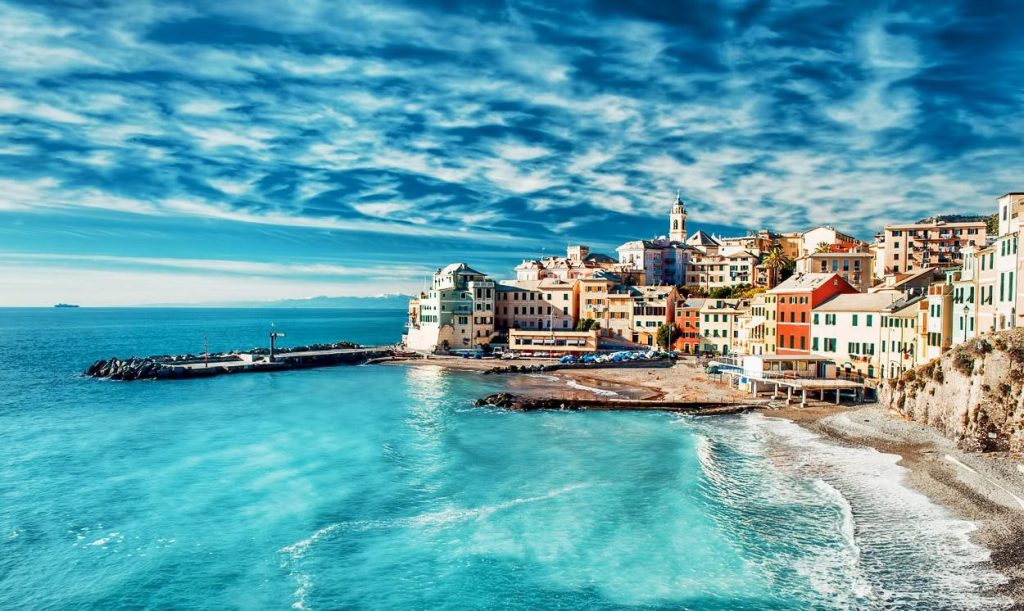
It is important to note that this is just a suggestion and that you can customize your itinerary according to your preferences. It is recommended to do additional research and plan in advance to ensure you have a wonderful vacation.
